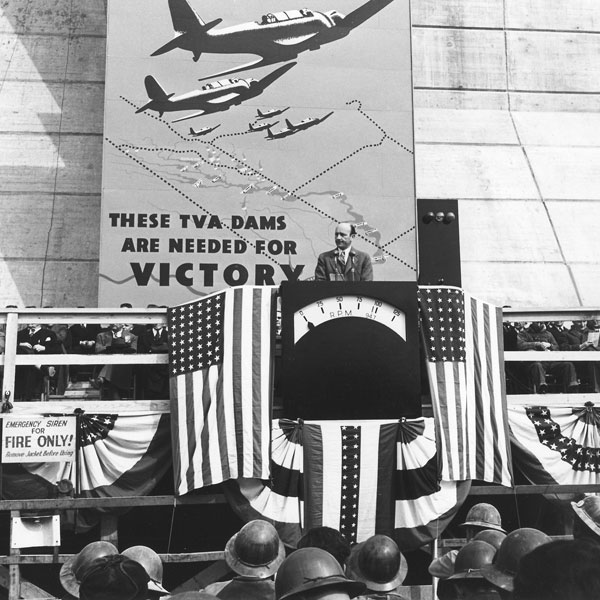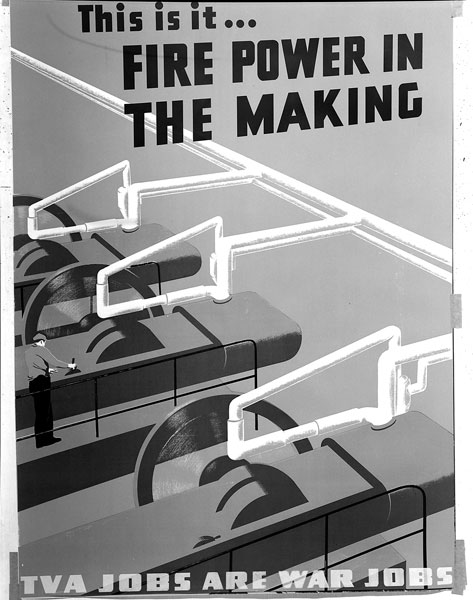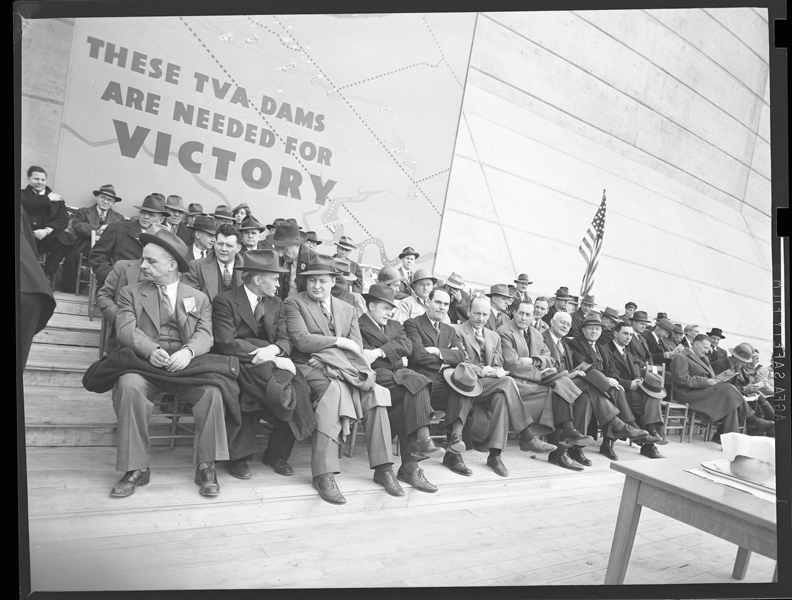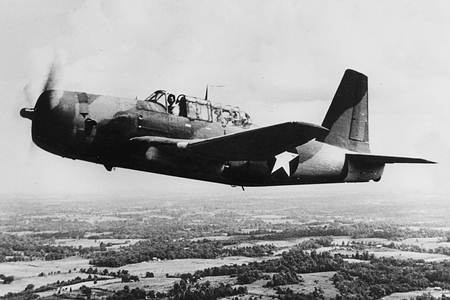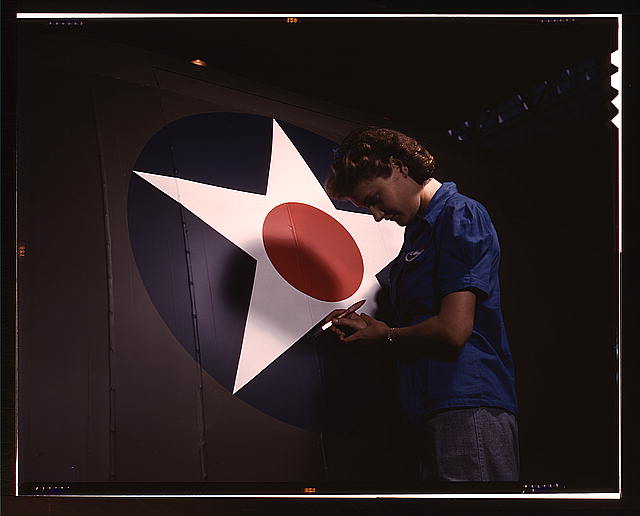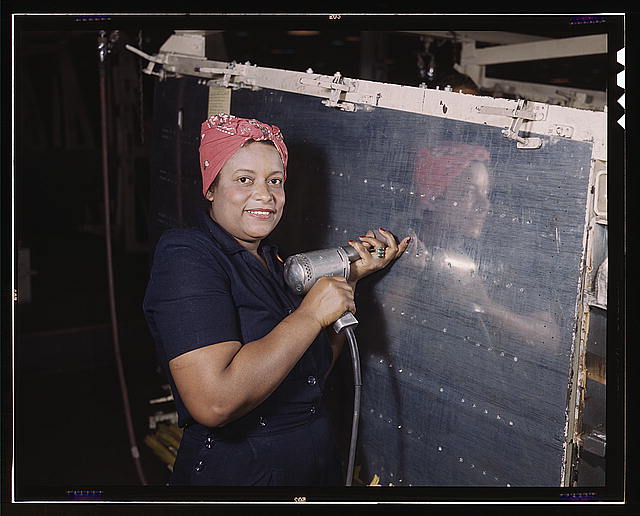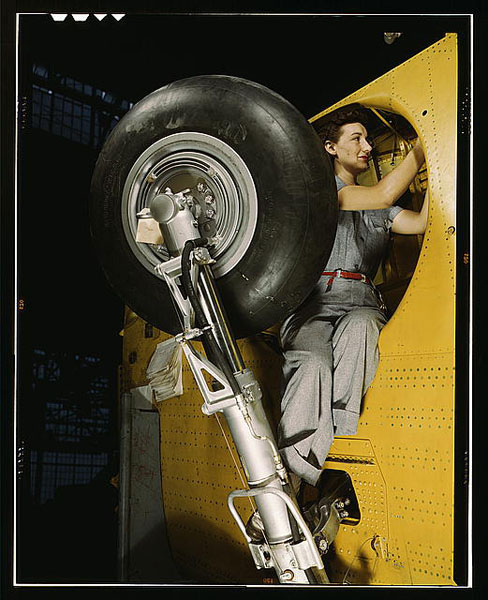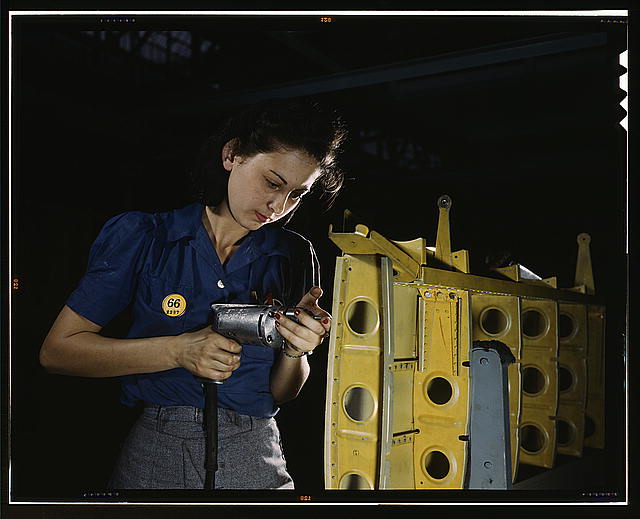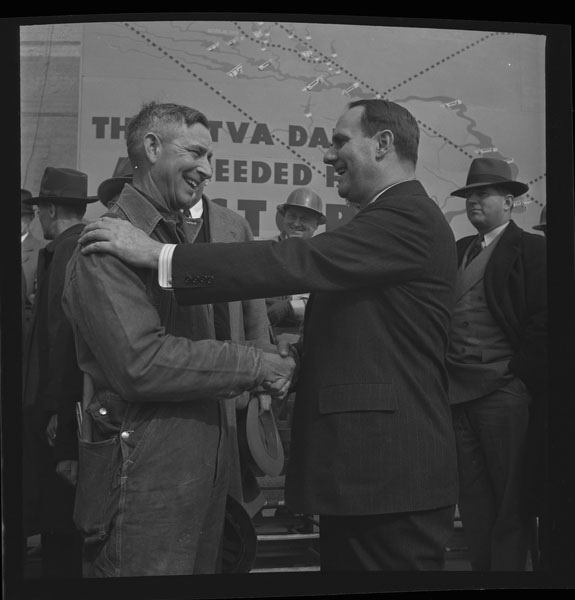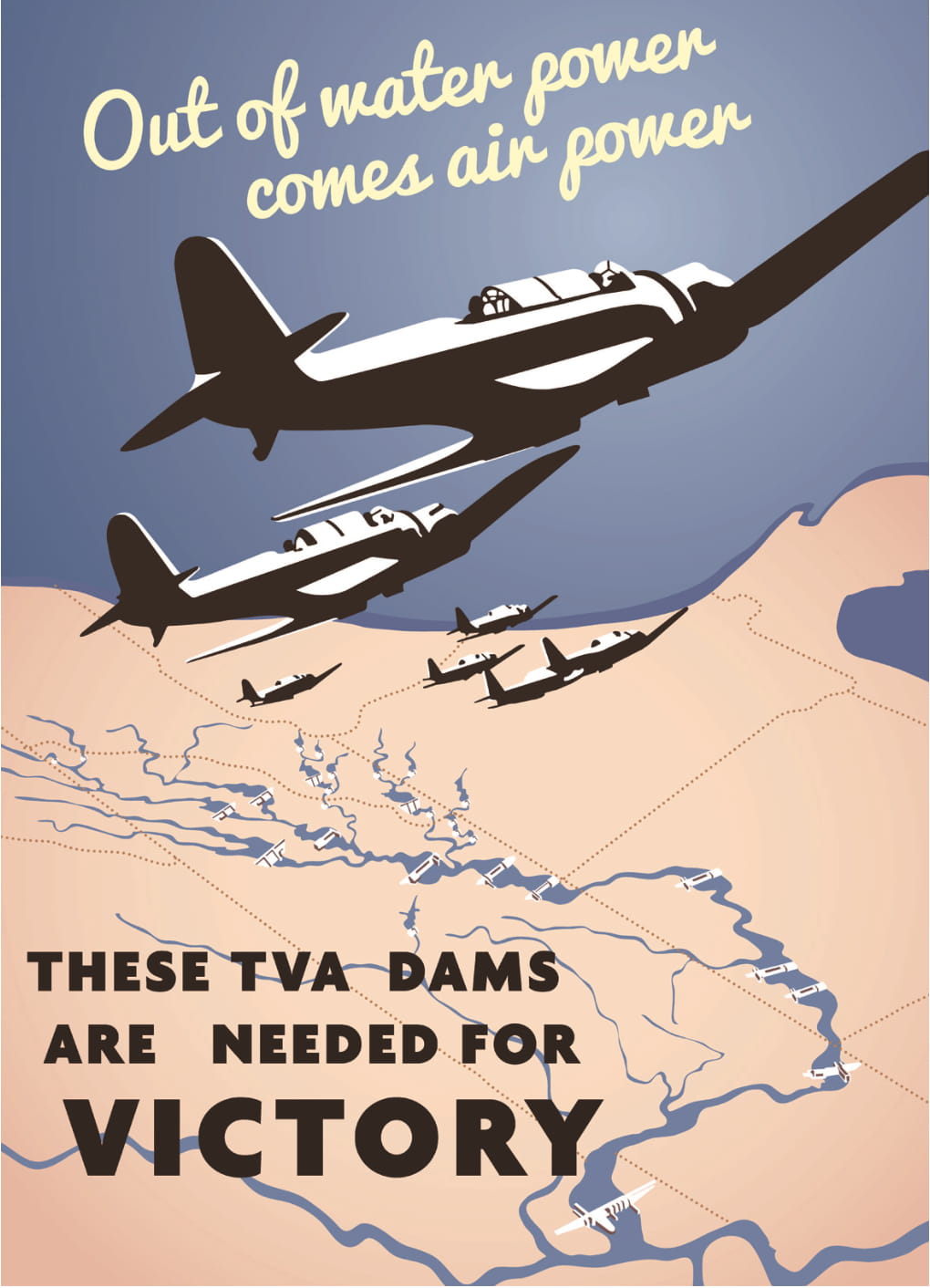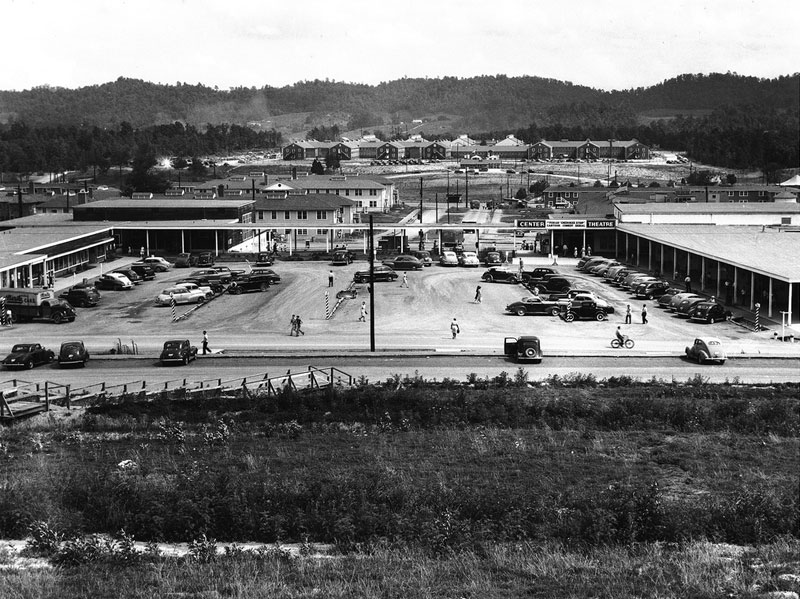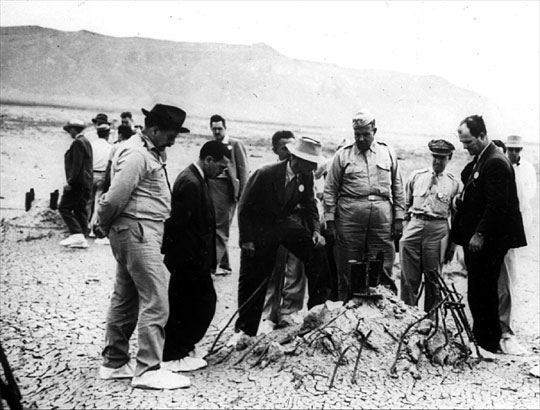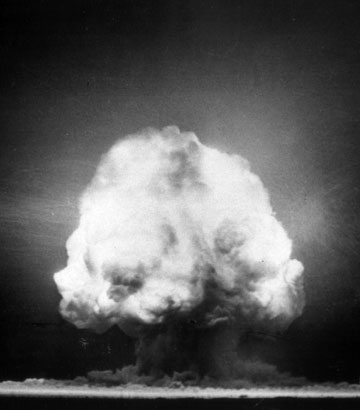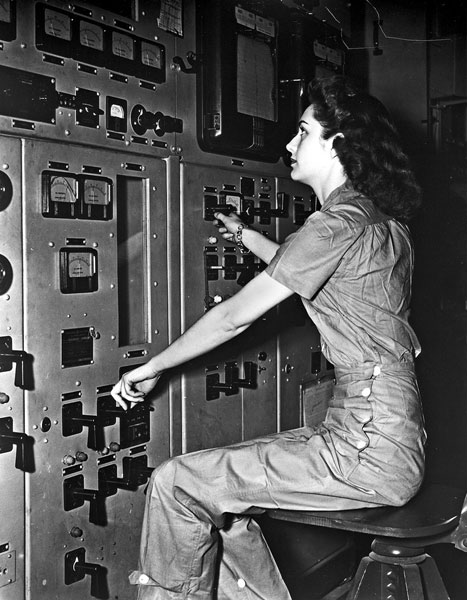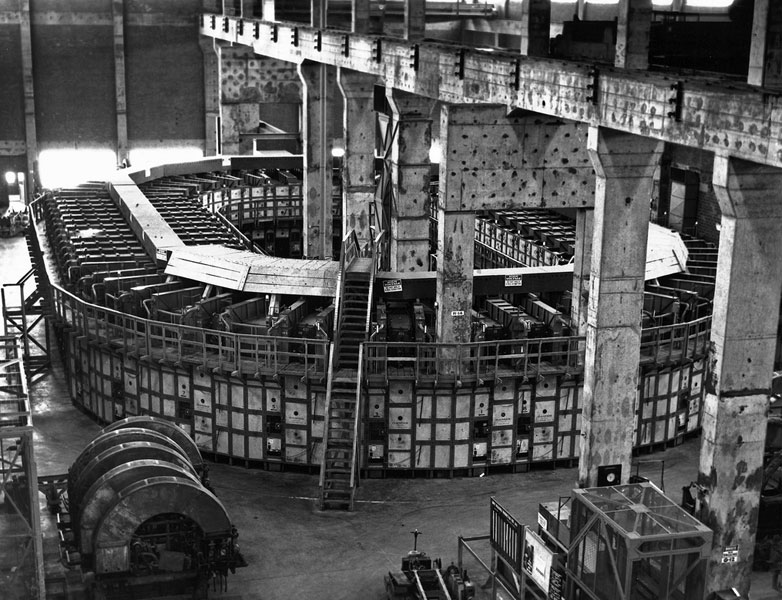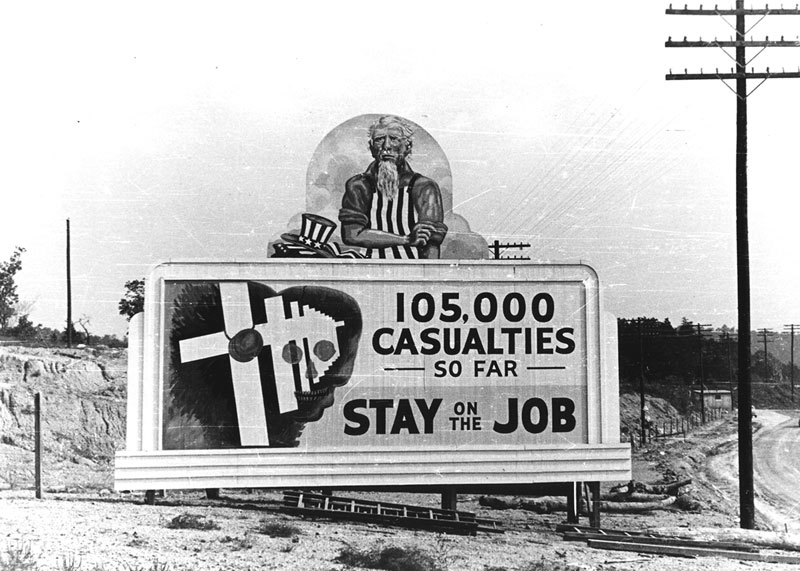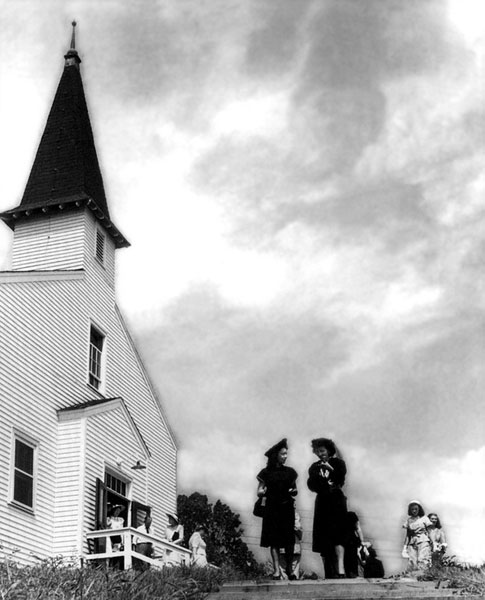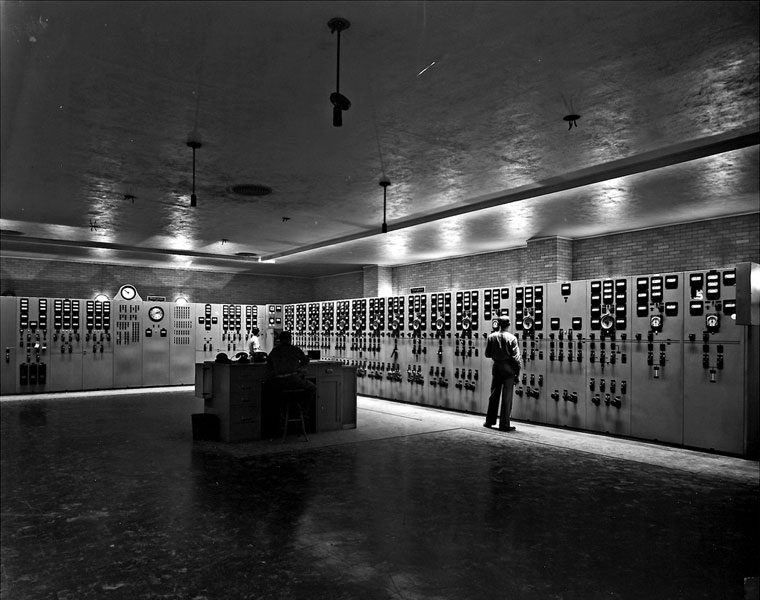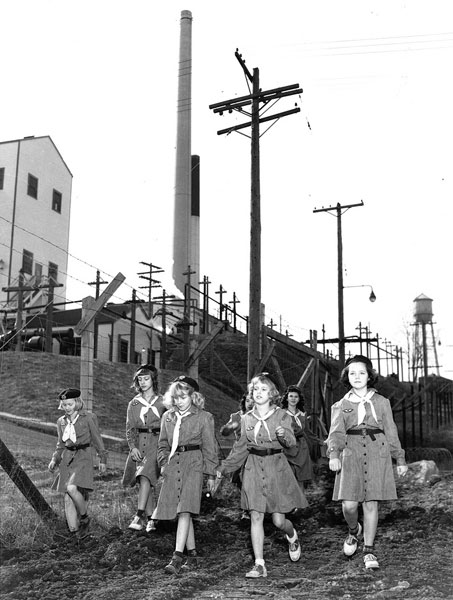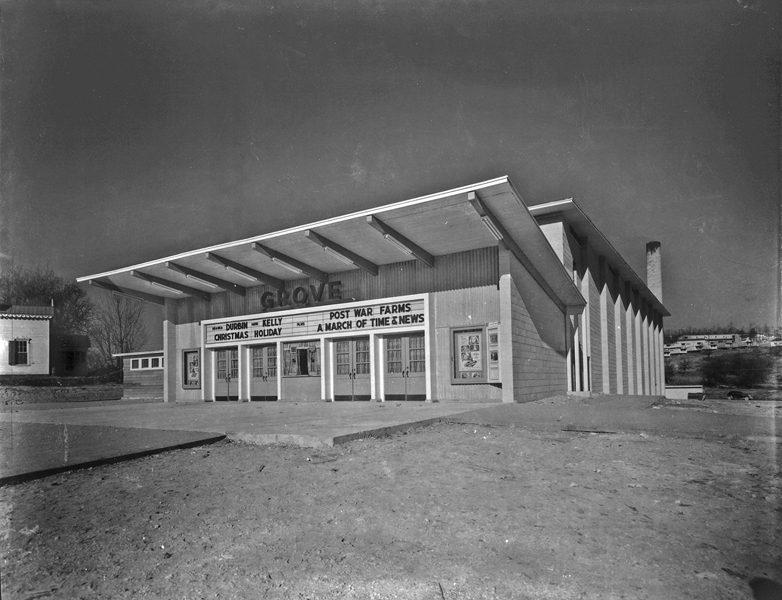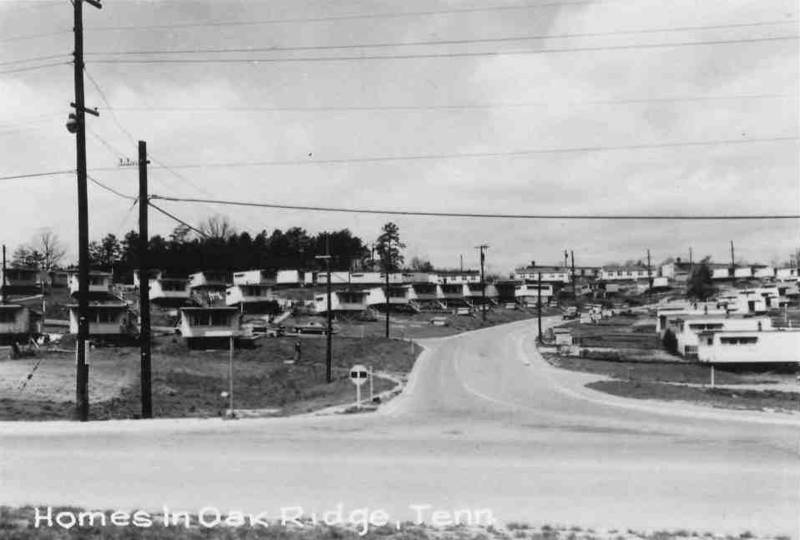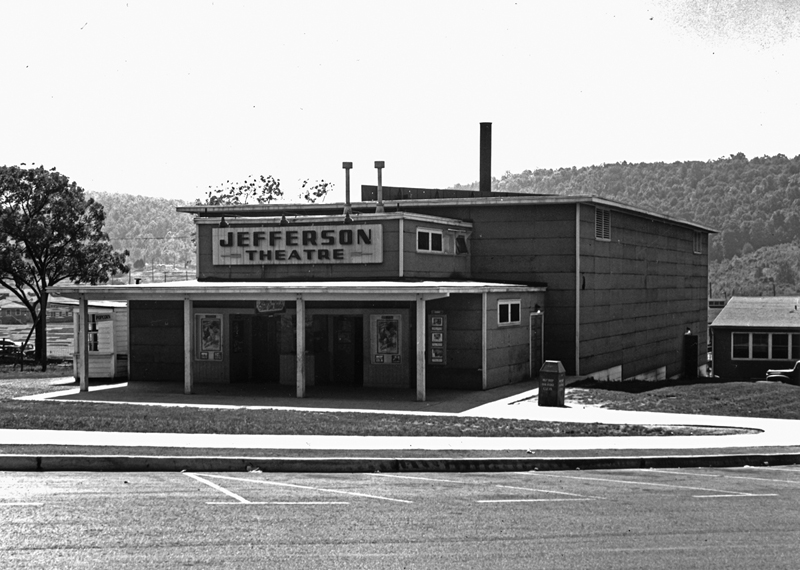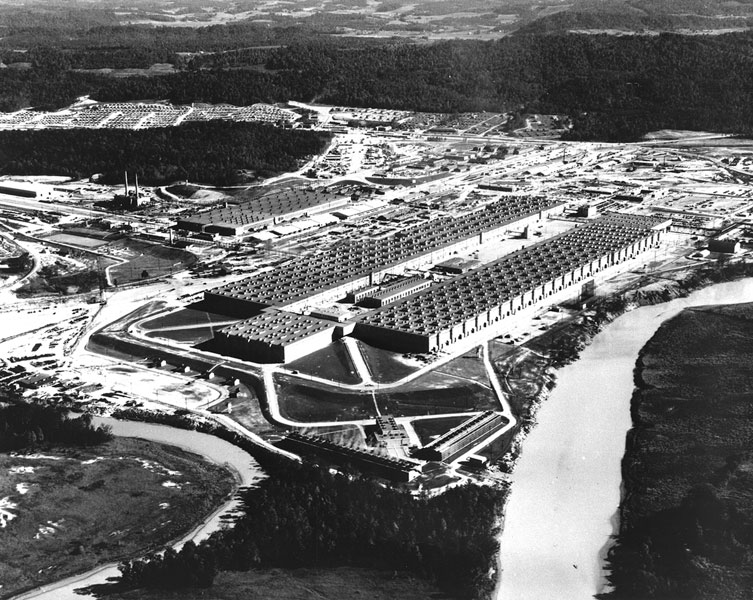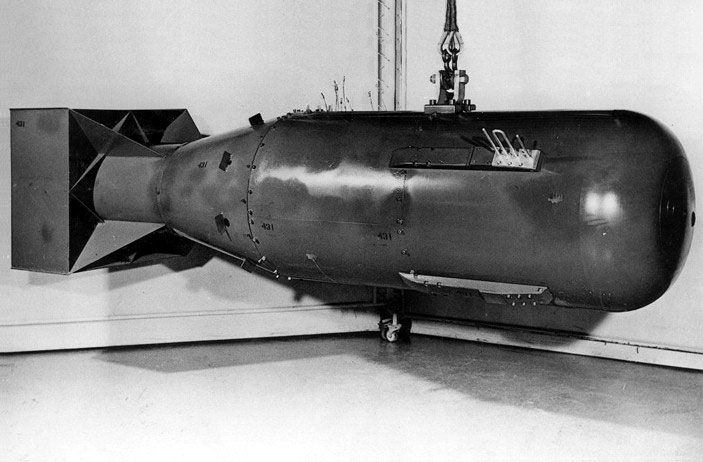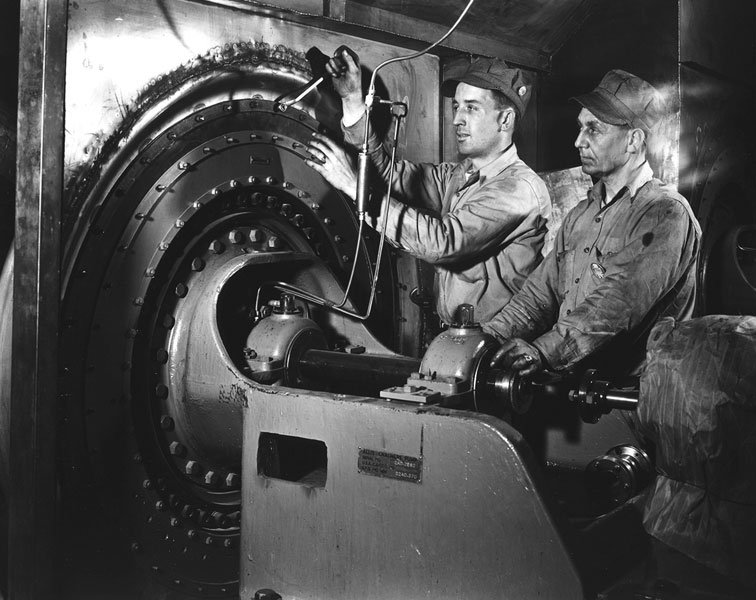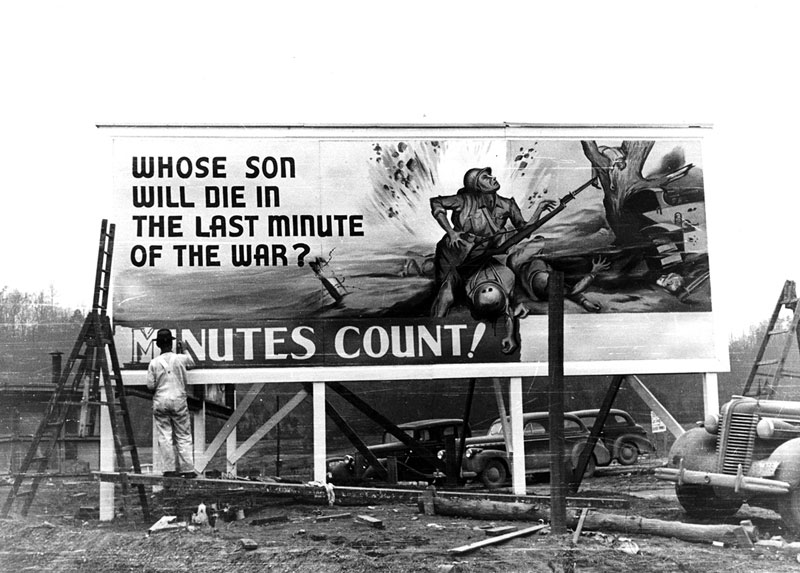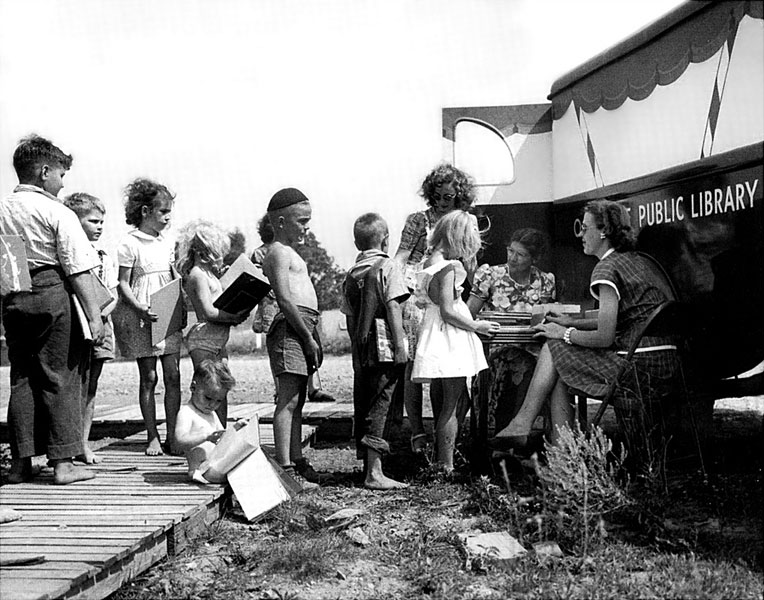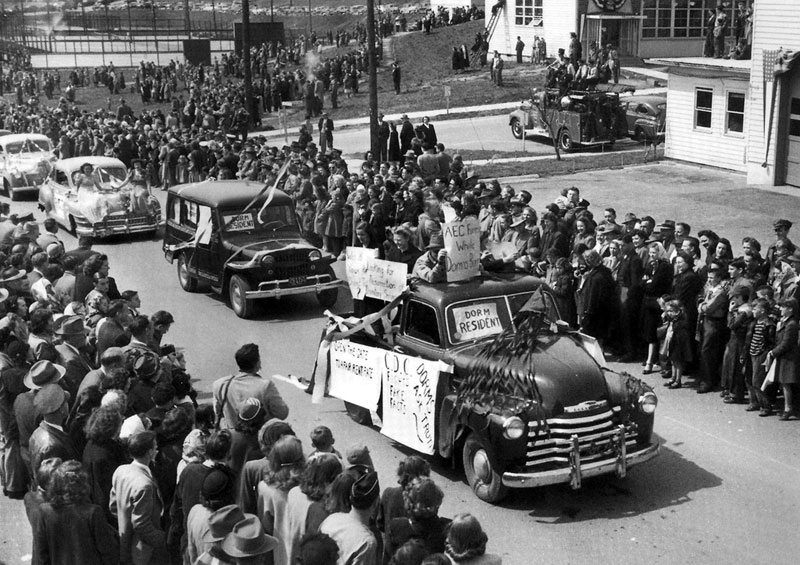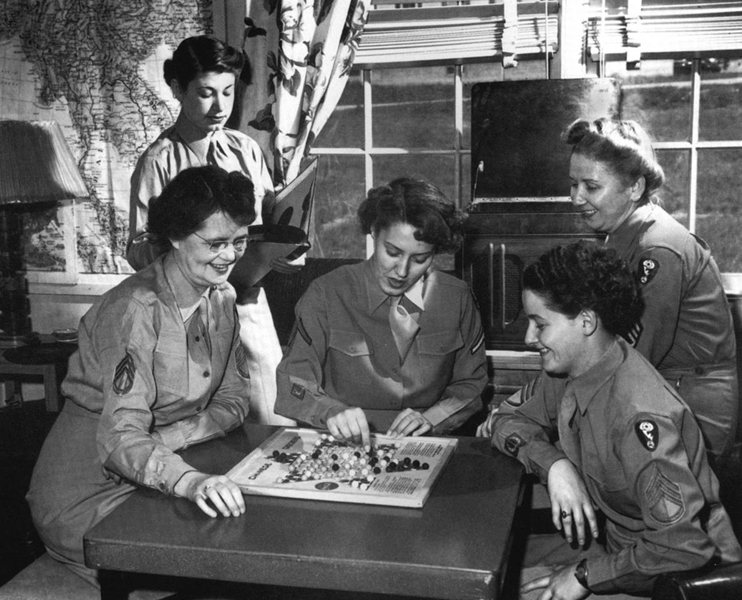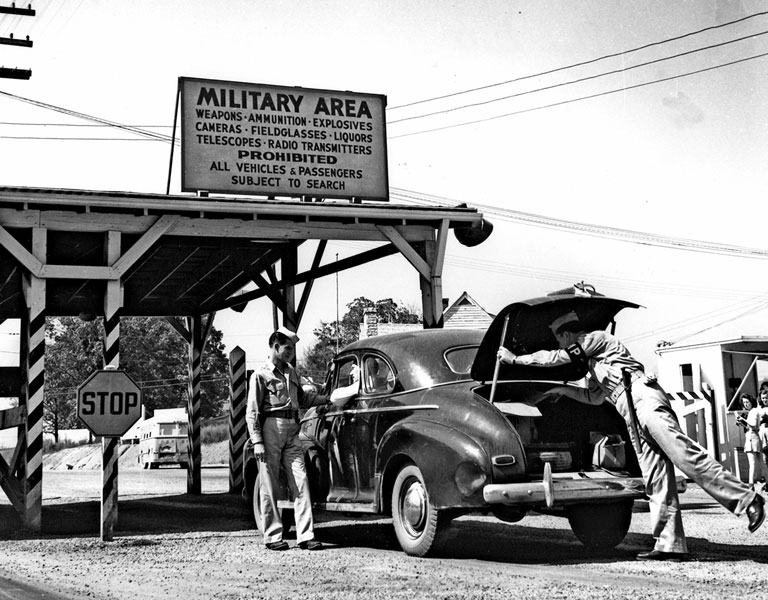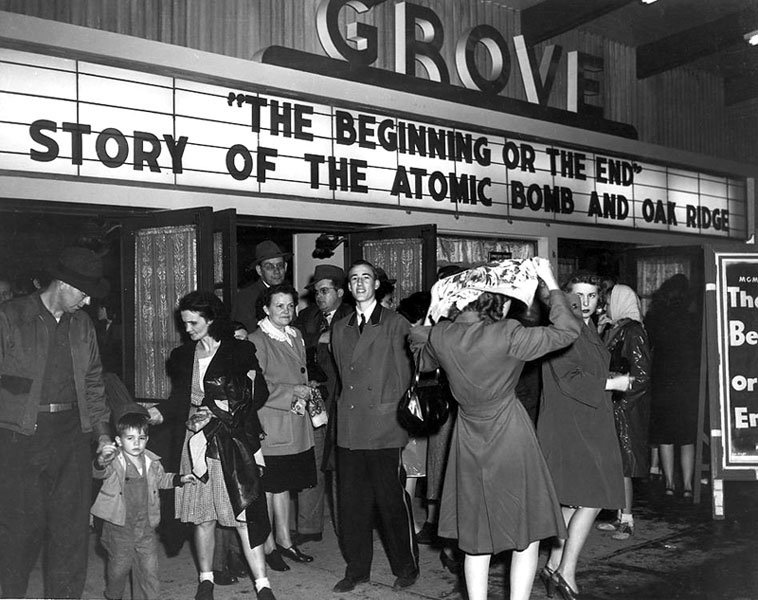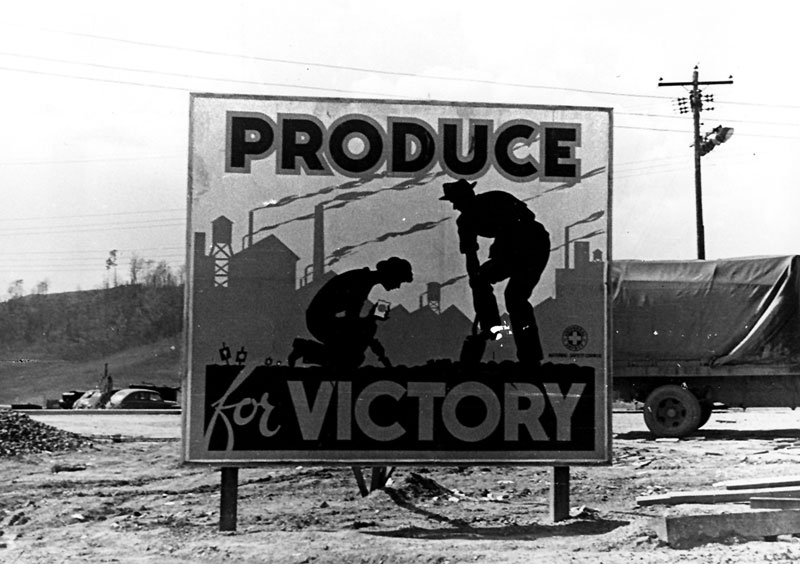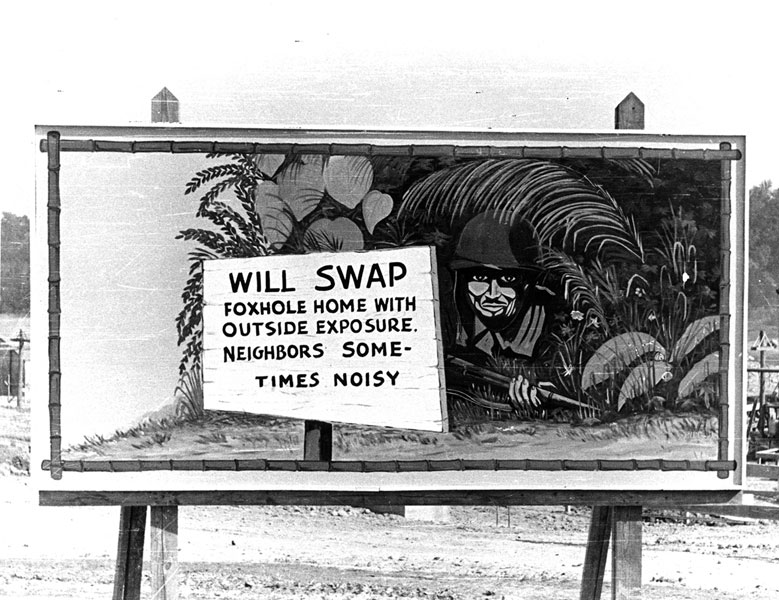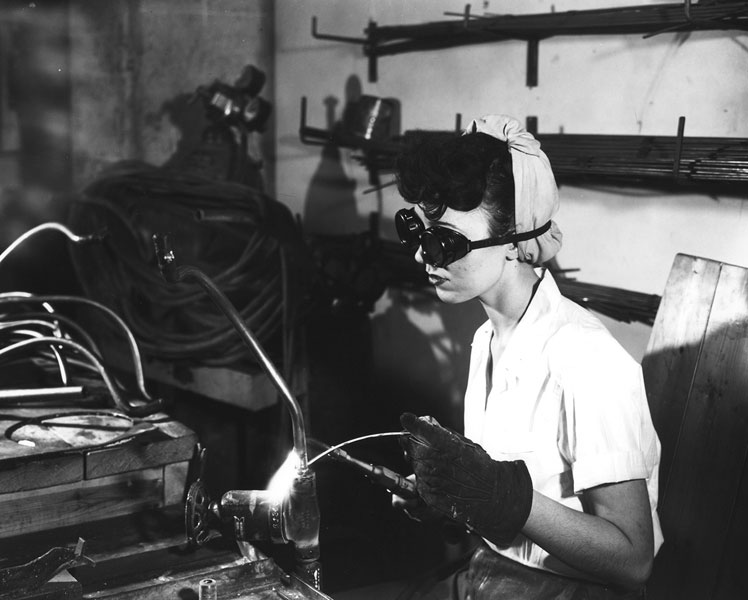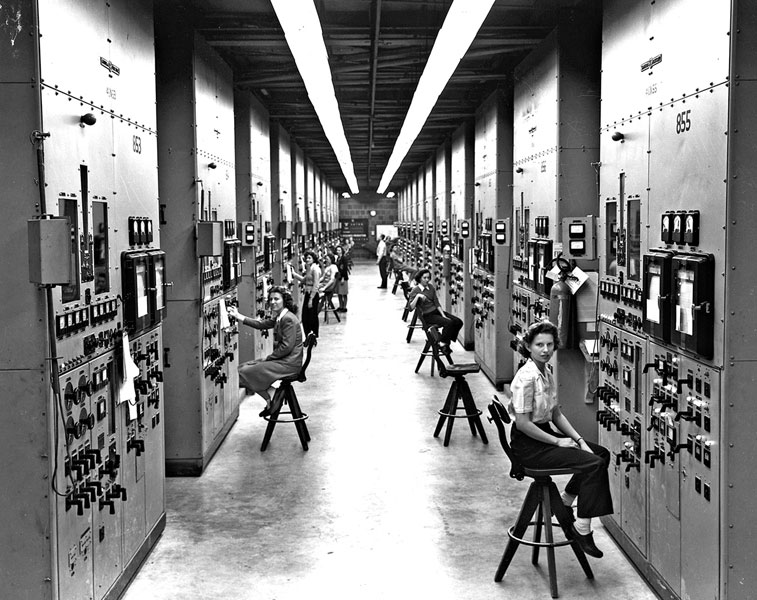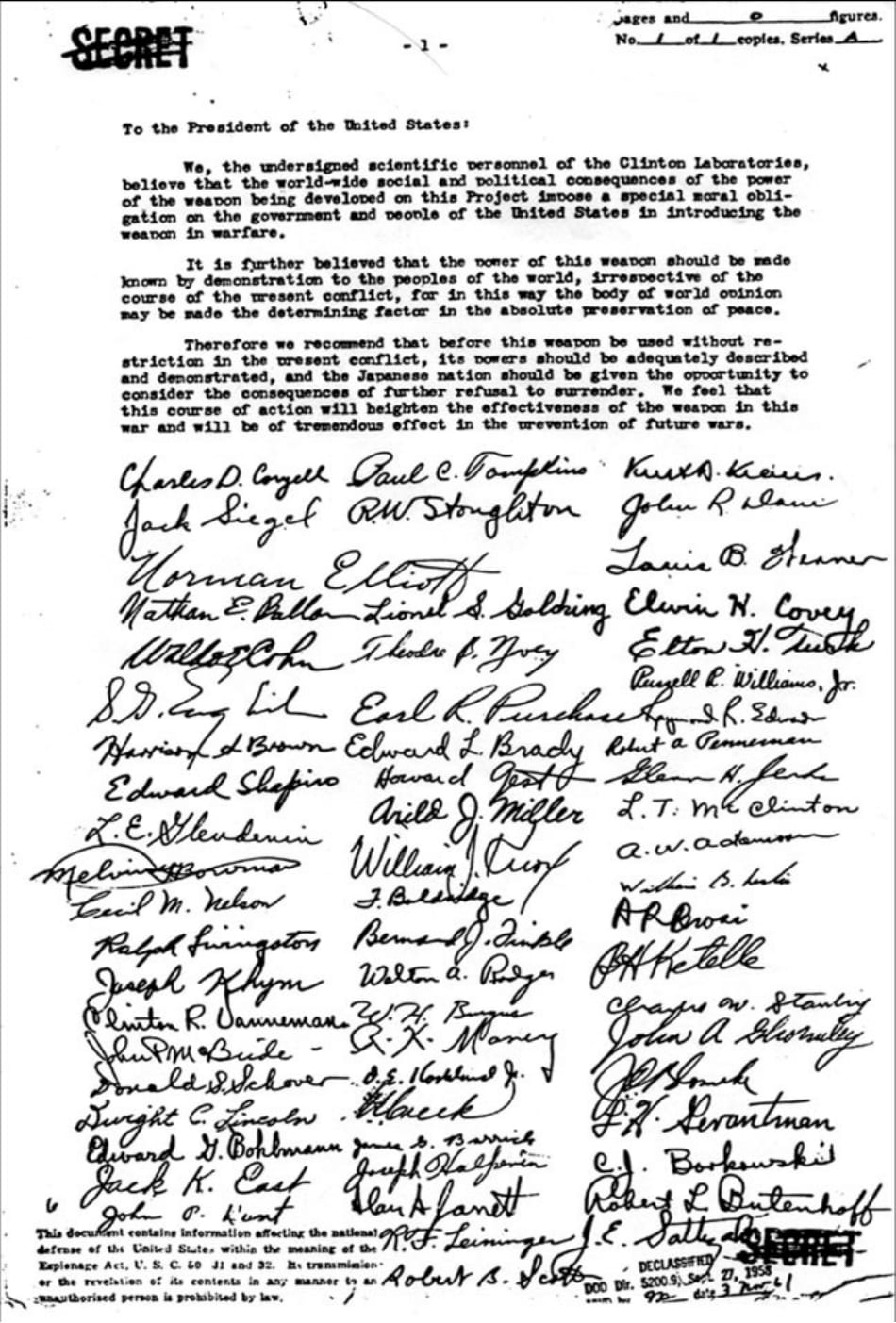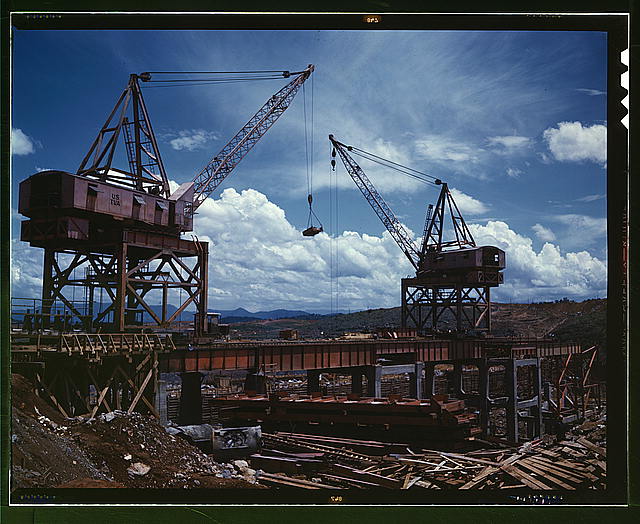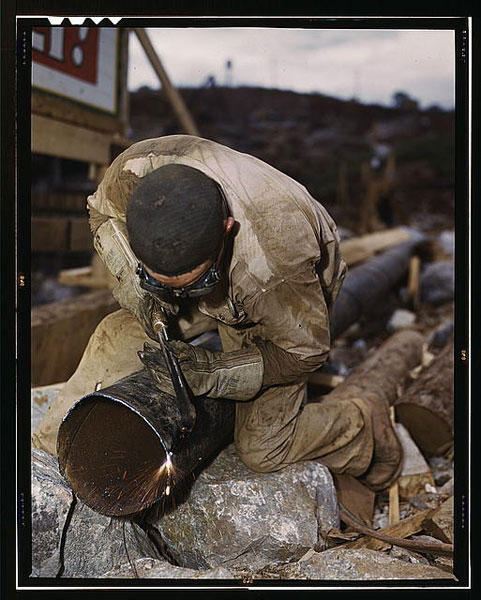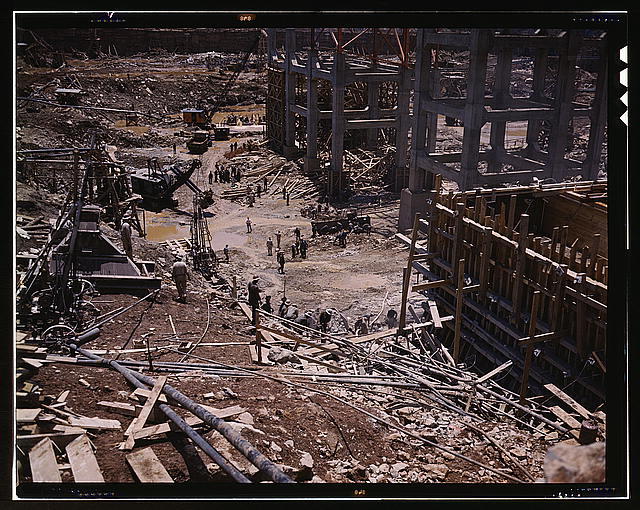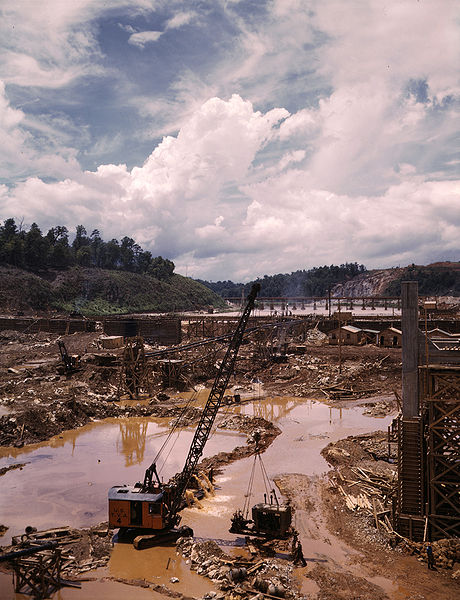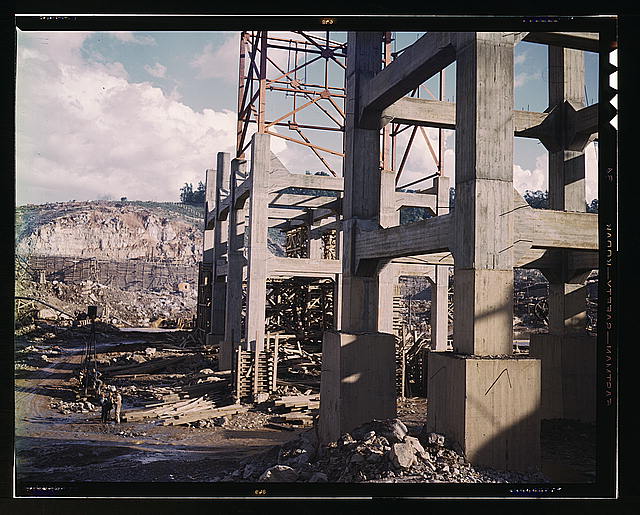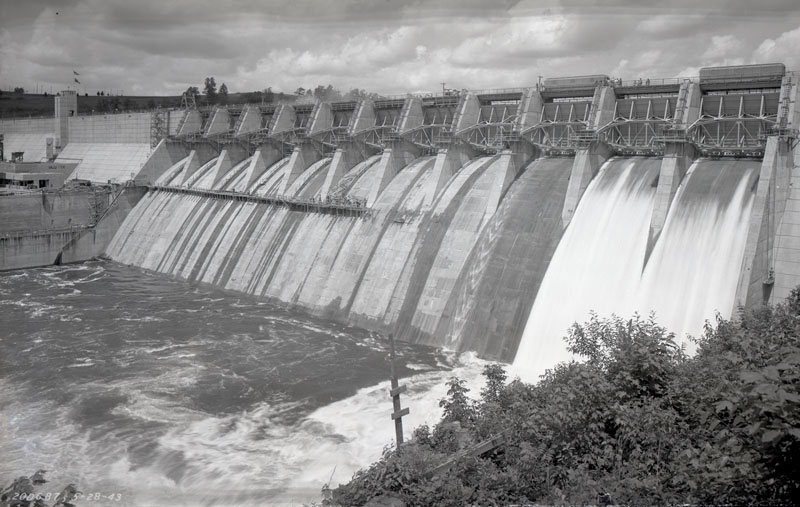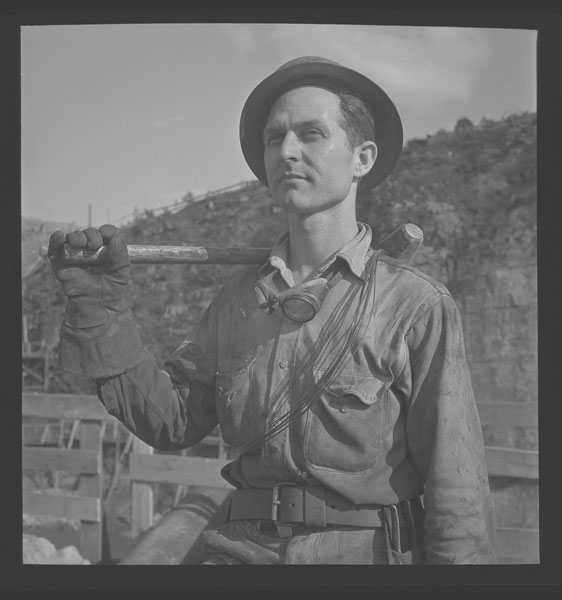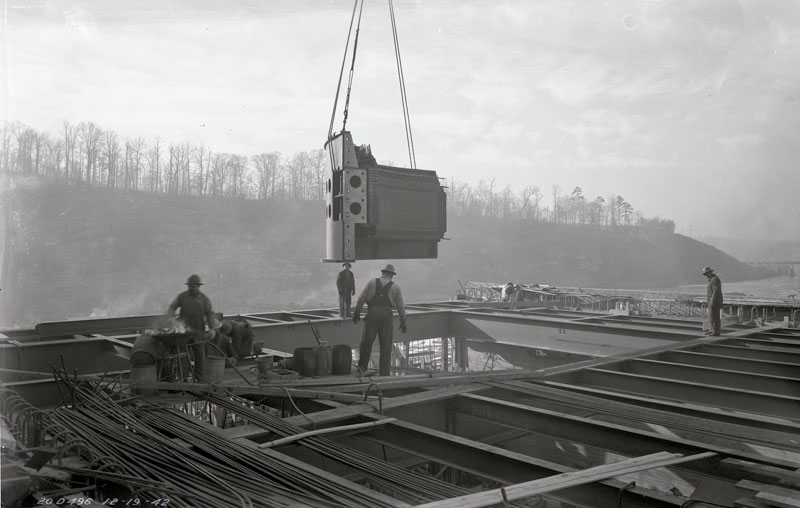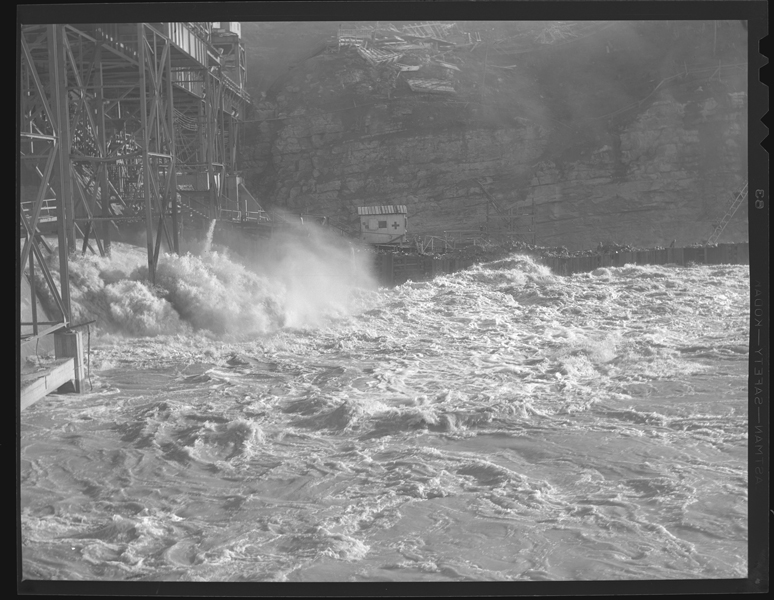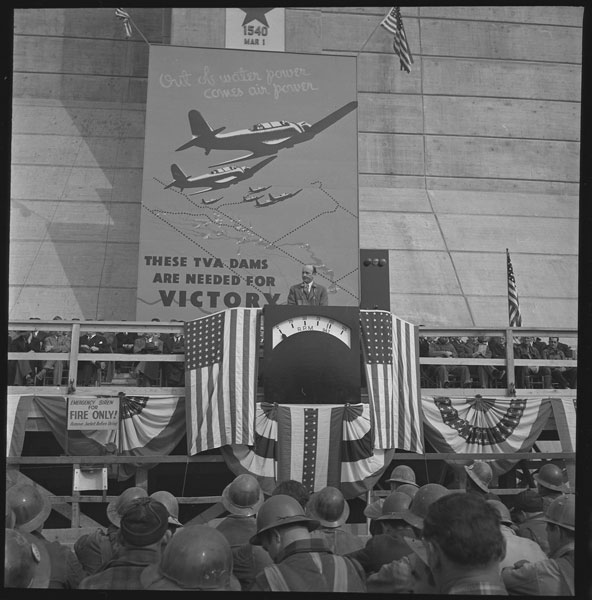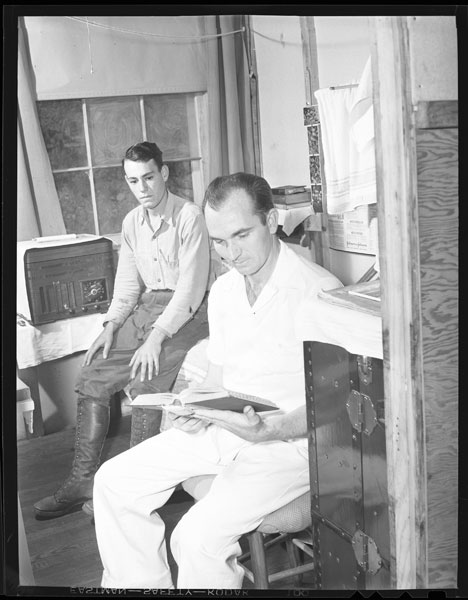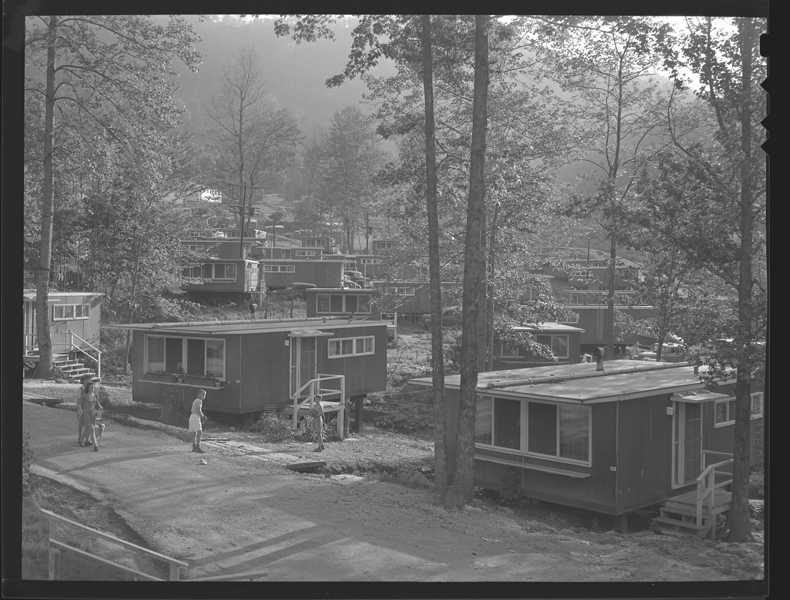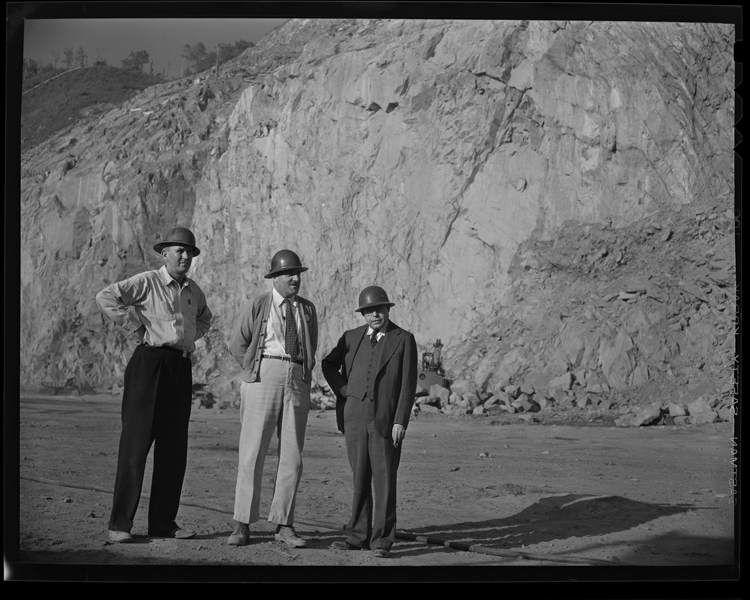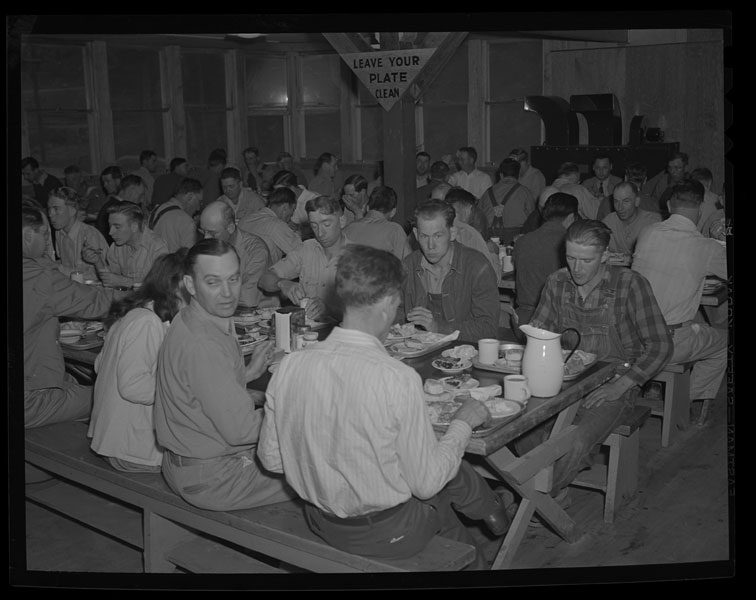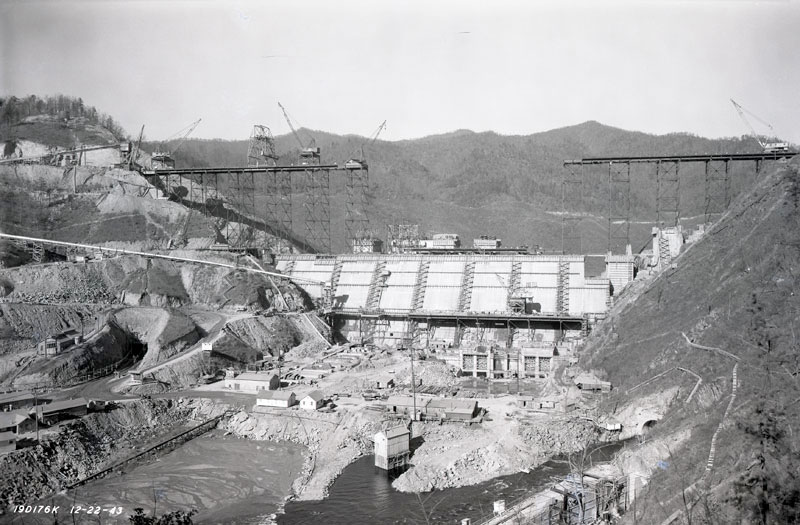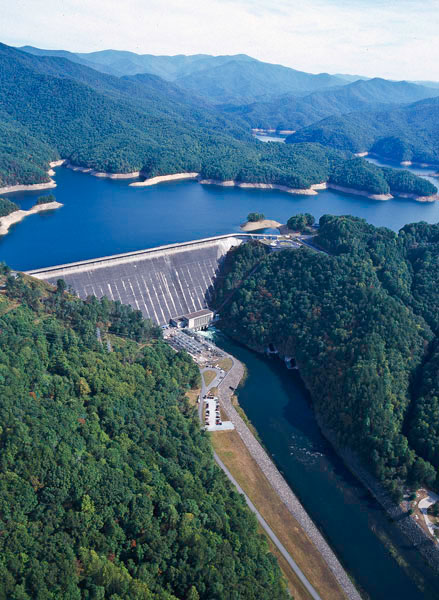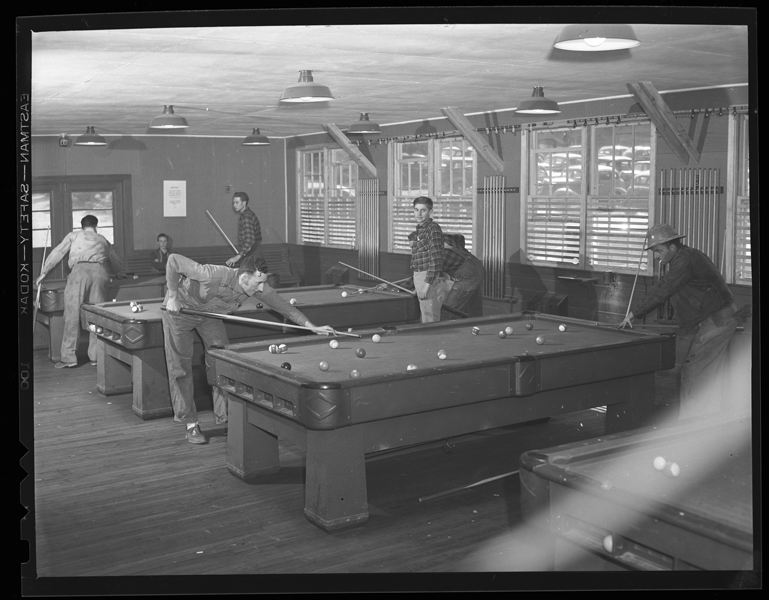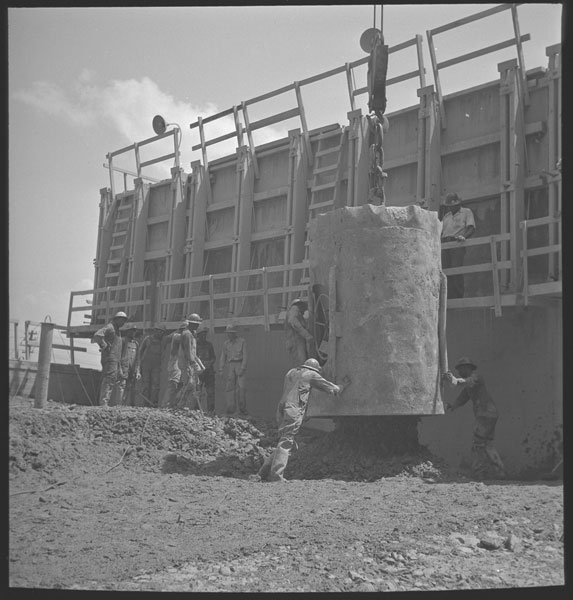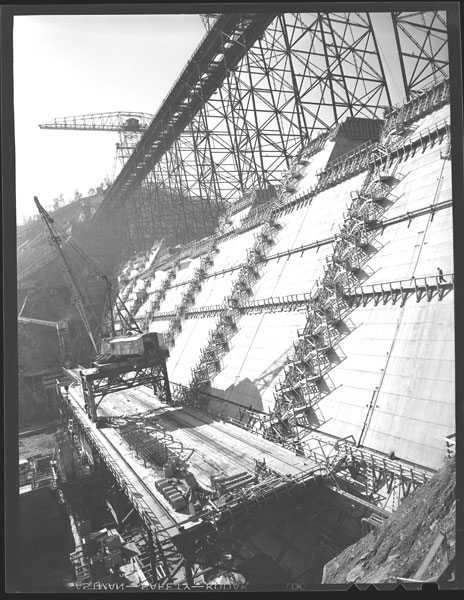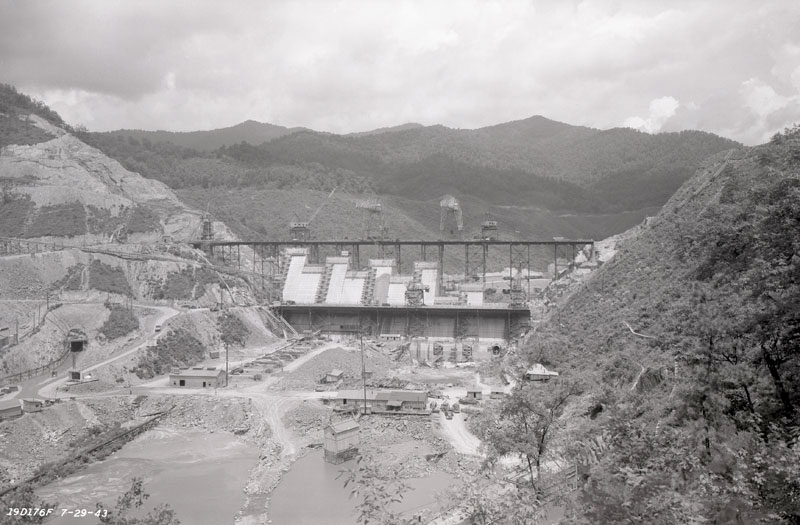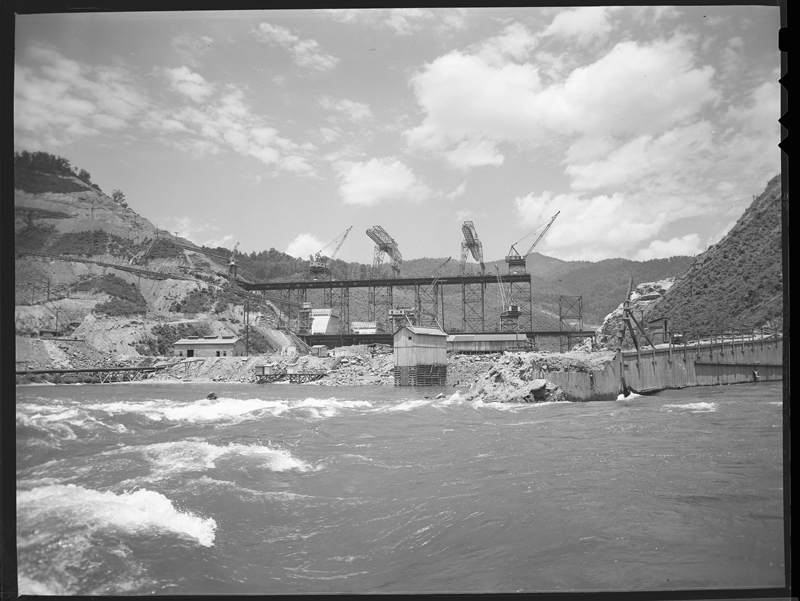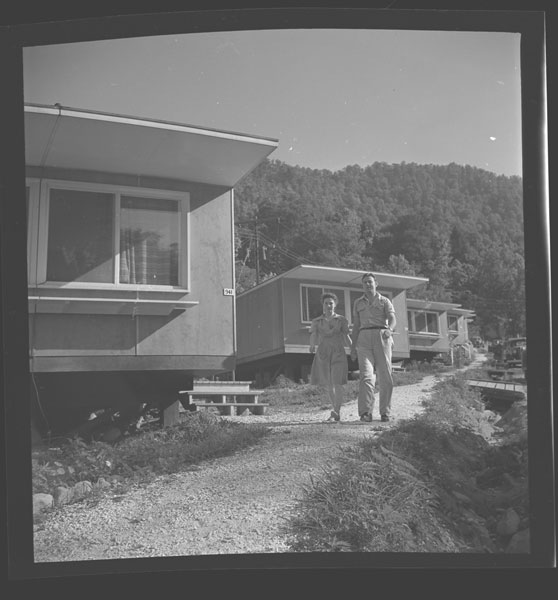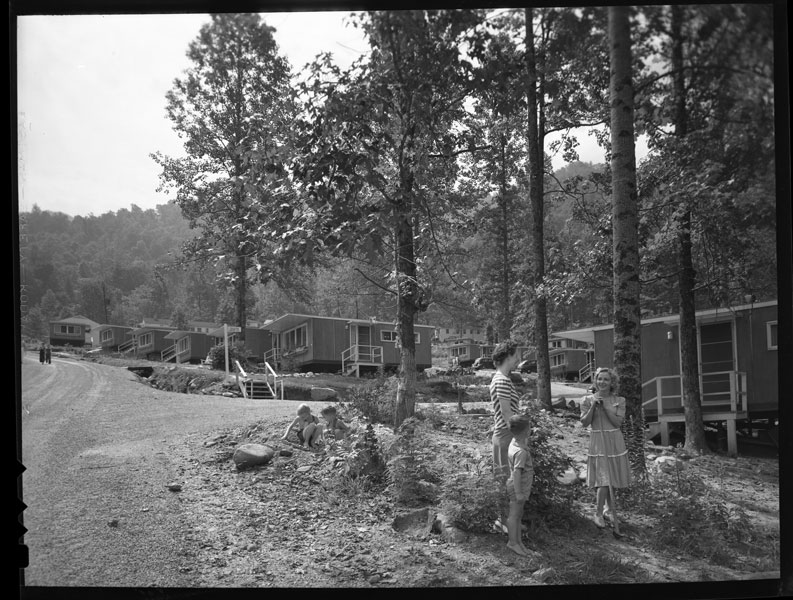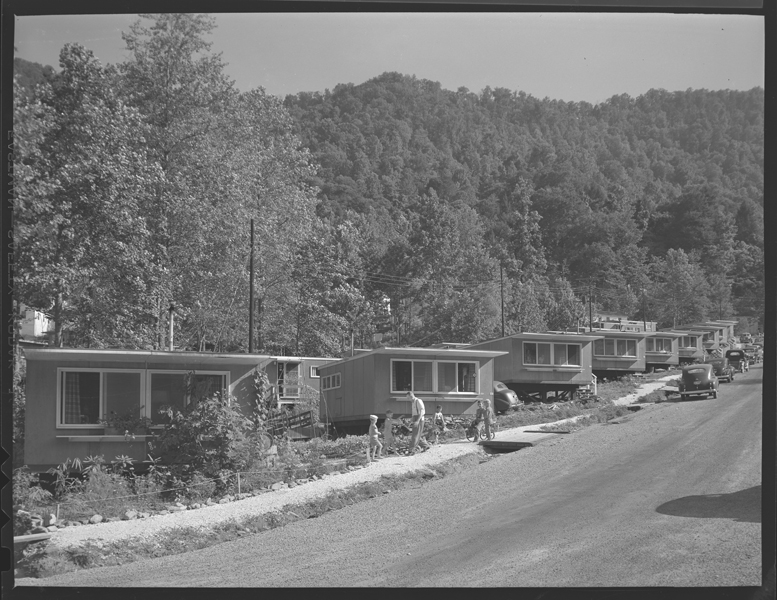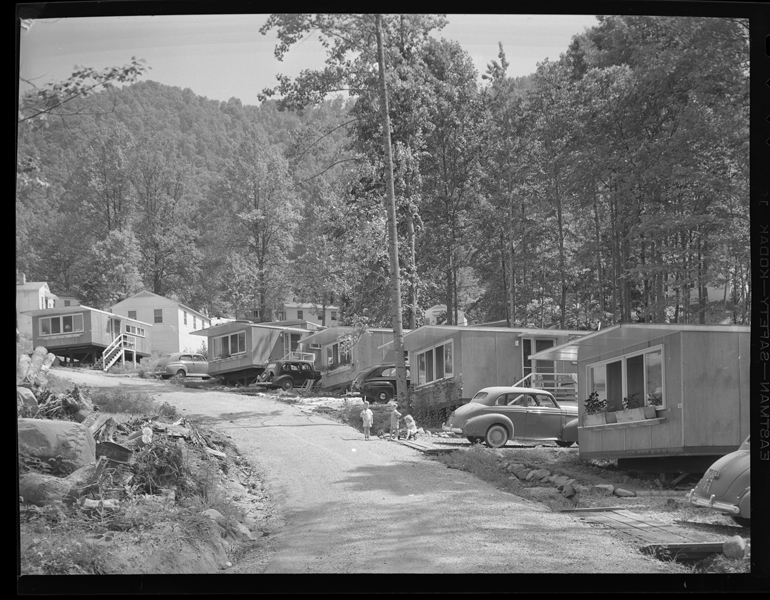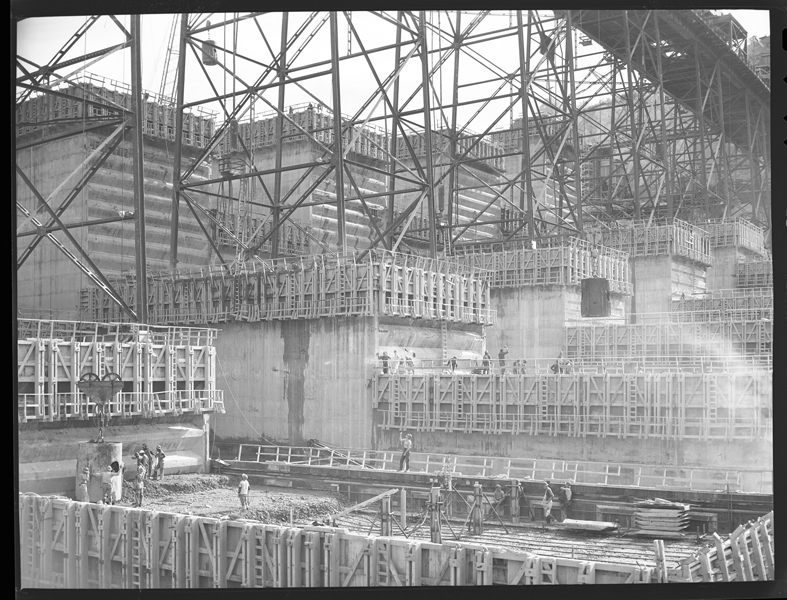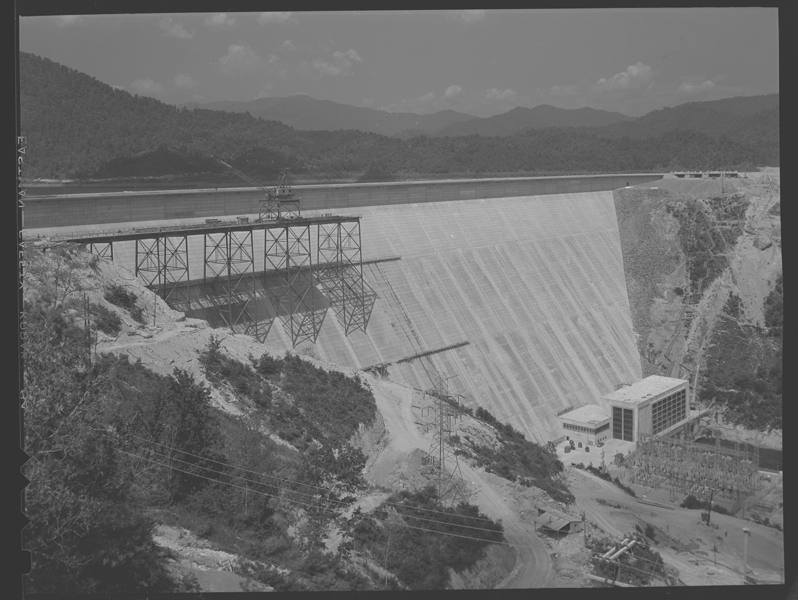LESSON 2:
THE TENNESEE VALLEY AND THE WAR EFFORTINTRODUCTORY ACTIVITY

2. Use the following questions to lead the class in a follow-up discussion:
- Why was Oak Ridge, Tennessee established?
- In what part of Tennessee is Oak Ridge located, and why was it not originally marked
on any map? Why was this location chosen? - What role did Oak Ridge play in the United States’ World War II effort?
- Why was the work being conducted at Oak Ridge kept so secret?
- What consequences did the work conducted at Oak Ridge have upon the rest of the world?
- How did the secrecy of the work at Oak Ridge affect the people who lived there?
- What role did Fontana Dam play in the war effort?
- Why did Roosevelt ask TVA to build this particular dam?
- How many workers did it take to build the Fontana Dam?
- Today, it would take 10 years to build a dam like Fontana. How long did it take back then?
- What is so special about the materials used to build Fontana and why? How are these materials different from the steel and concrete typically used? Explain.
DISCOVERY ACTIVITY
- Distribute a handout to each student. Students will write answers on notebook paper. Click here to print handout
- Direct students to currentsofchange.net.
- Ask students to use the tools and resources provided by the website to respond to the handout questions for a 100-point grade.
- As the students complete the activity, be available to answer any questions they might have.
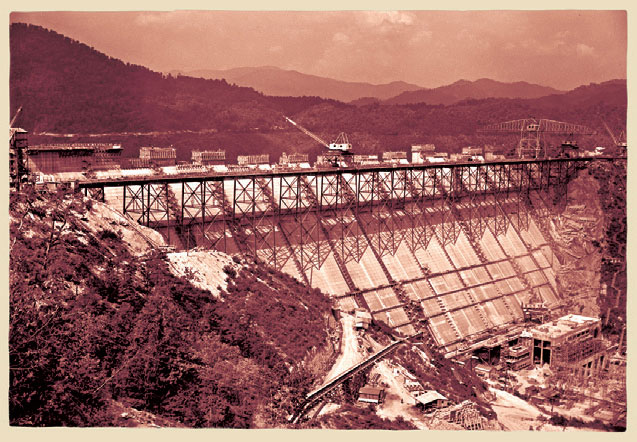
EXTENSION ACTIVITIES
Digging Deeper
Assign students one of the Extension Activities for this lesson, or provide a list of all Extension Activities and let students work in groups to decide which one they would like to complete. Answers will vary based on student interest and the amount of research they conduct.
1. The Oak Ridge Petition of 1954

For Teachers:
Watch the Oak Ridge video and read the Oak Ridge Petition of 1945 with your classroom. Afterwards, discuss why scientists at Oak Ridge had concerns over the development of the atomic bomb and their decision to draft the Oak Ridge Petition.
- Why did scientists feel the petition was necessary?
- Why did the scientists suggest warning the Japanese prior to dropping the atomic bomb? And why did President Truman decide not to do so?
After discussing the Oak Ridge Petition with your class, divide your class into two groups, the groups can be randomly assigned or based on your students’ true feelings on the topic. Let the students research and debate the two sides to determine if they would have signed the Oak Ridge Petition of 1945.
For Students:
In 1945, U.S. scientists completed development of the atomic bomb to help end World War II. After all, if you have a bomb with the capability to create mass destruction, you hold a big advantage over another country. But the existence of the bomb also created important moral and ethical issues.
- Exactly how much damage could the bomb do?
- Would a bomb like this help create a future in which all countries could eventually destroy one another?
- Would the bomb make the world more stable, or less stable?
Scientist Leo Szilard and 69 others at the Manhattan Project in Chicago—where much of the atomic bomb development took place—created a petition asking President Truman to further consider the consequences of the bomb before dropping it on Japan. But before sending it to the President, he sent it to scientists at the Manhattan Project laboratory at Oak Ridge, Tennessee, for their review.
After discussions, the Oak Ridge scientists produced another petition calling for the atomic bomb to be “adequately described and demonstrated” before use, and asking that the President warn the people of Japan that the U.S. would drop it if Japan didn’t surrender. This petition included 67 signatures.
2. Life in Oak Ridge
3. Nuclear Power—Pros and Cons

For Teachers:
Concerns over the use of nuclear power are nothing new. Scientists at Oak Ridge knew the work they were doing was helping to create the atomic bomb. But their work also led to significant advancements and achievements in electric power and medicine.
Discuss the issue with your class to give them a clear understanding of the pros and cons of the development of nuclear power. Divide the class into two groups. The groups can be randomly assigned or based on your students’ true feelings. Let the students research and debate the pros and cons of nuclear power.
For Students:
Nuclear power is energy produced from non-explosive nuclear reactions. Some people support it, and others oppose it. Why? There are many answers. Search the links in the resources below to discover the facts and opinions of both sides.
4. Fontana and WWII
For Teachers:
After watching the “Fontana Dam” video with your class, discuss how the dam was a critical contribution to America’s World War II effort. Then let your students tap into their inner-journalist by crafting their own newspaper article about Fontana Dam’s impact on World War II.
By using our online newspaper template, your class can create customized articles complete with historic photos and their own, unique headlines.
For Students:
Here’s another chance for you to get creative. Pretend you’re a news reporter in the 1940s gathering facts about the completion of Fontana Dam, its features and its significance in the war effort. Then write a newspaper article about it.
For your story’s details, use the information and videos from this website. You can even include quotes from the online interviews in the video section Valley Stories: Reflections from the Past.
Write the date, headline, subhead and the main article in the fields below. You can even insert photos from the photo archive and drop them into your story. Just look for the “Large Image” or “Small Image” sections below, then click on the “Select” button to start browsing. Click “Submit” to preview the final product.
Write the date, headline, subhead and the main article in the fields below. You can even insert photos from the photo archive and drop them into your story. Just look for the “Large Image” or “Small Image” sections below, then click on the Select button to start browsing.
MINI LESSON
If you want to teach about Oak Ridge and Douglas Dam....
Try This...
- Watch the Oak Ridge clip from the DVD or online and lead students into discussion based on the following questions:
- Why was Oak Ridge the ideal location for a nuclear research laboratory during WWII?
- How did the propaganda and war-time mindset of America lend to the maintenance of the secret of Oak Ridge?
- How did Douglas Dam fuel the war effort?
If you want to teach about President Franklin D. Roosevelt, President Harry S. Truman, the Manhattan Project and atomic bombs....
Try This...
- Using the Oak Ridge Petition of 1945 and the Oak Ridge Petition resource from Lesson 2: Resources on the website, have students discusss the decision made by the scientists to write this petition. Have students address questions such as:
- Why did the scientists feel the petition was necessary?
- Why did the scientists suggest a warning to the Japanese prior to releasing the bomb and why do you think President Truman did not do so?
- Once students have discussed the Oak Ridge Petition, have them decide whether they would or would not sign the petition and why. Have students split into two groups in the room; those who would sign the petition and ideas about their decision. As a class, have the two groups debate their decisions.
If you want to teach about Fonatana Dam and World War II and Wartime propaganda....
Try This...
- Using the provided DVD or online resources, show students the Fontana Dam clip, found in the Extension Activities Resources for The Tennessee Valley and the War Effort. Also, print the Fontana Dam History from Lesson 2 Resources to have students read preior to viewing the clip.
- After viewing the clip, have students write a one paragraph essay, choosing one of the following questions:
- Why did the people building Fontana Dam feel that their work was a way of contributing to the war effort during WWII?
- What was the key resource in building Fontana Dam? Explain. Have students discuss their responses.
- Another option using this clip: Pause the video during the showing of the three propaganda posters. Have students choose one and think about the following questions:
- How did this propaganda poster/billboard fuel the war effort?
- How did this propaganda poster/billboard encourage TVA workers? As a class, have students group according to their choice of poster/billboard and discuss with their peers their answers. Then, break the class up with a representative from each poster/billboard to discuss each of their answers.
If you want to teach about women in the work force and armed forces during World War II....
Try This...
- Using the picture provided online in the Photo Resource: WWII and the TVA, show students all of the provided pictures.
- Use these pictures to discuss the role of women during the war on the home front.
- Ask specially about the ‘Rosie the Riveter’ Poster and what this character represents to American women.
LESSON 2: THE TENNESSEE VALLEY AND THE WAR EFFORT - PHOTOS
WWII and the TVA
Oak Ridge
Douglas Dam
Fontana Dam
LESSON 2: THE TENNESSEE VALLEY AND THE WAR EFFORT - VIDEOS
The Tennessee Valley War Effort & TVA Today
GRAPHS
U.S. Annual GDP 1910-1960
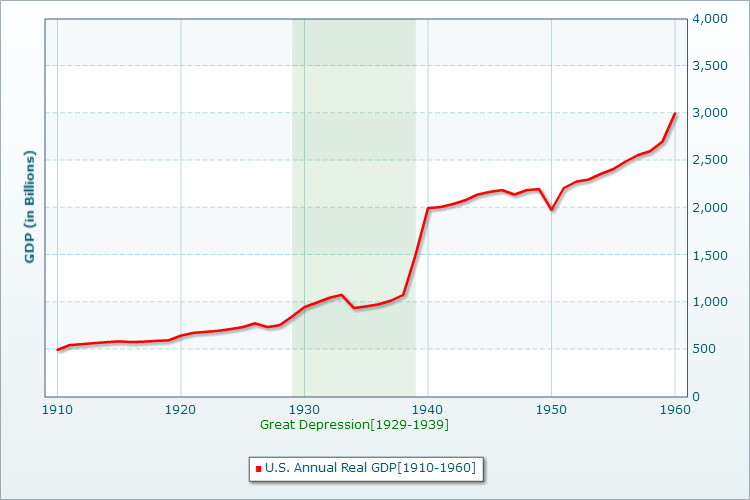
Gross Domestic Product, or GDP, is the monetary value of all the goods and services produced by an economy during a specific period, including consumption, government purchases, investments, and exports minus imports. In the graph above, you can see how our GDP stalled during the Great Depression of the 1930s, then quickly increased by the end of the decade, and continued to grow at a more steady pace up to 1960.
U.S. Unemployment Rate 1910-1960
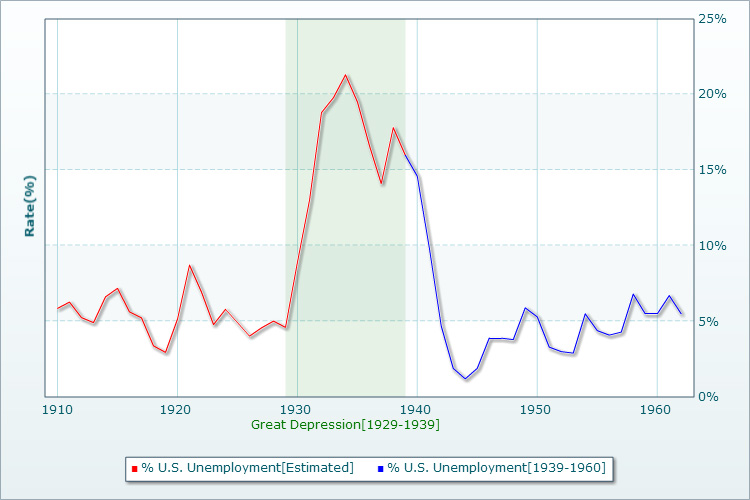
What trend do you see occurring from 1929-1939? What events do you think contributed to these changes in the unemployment rate?
Power Generation Map
Map Filter:
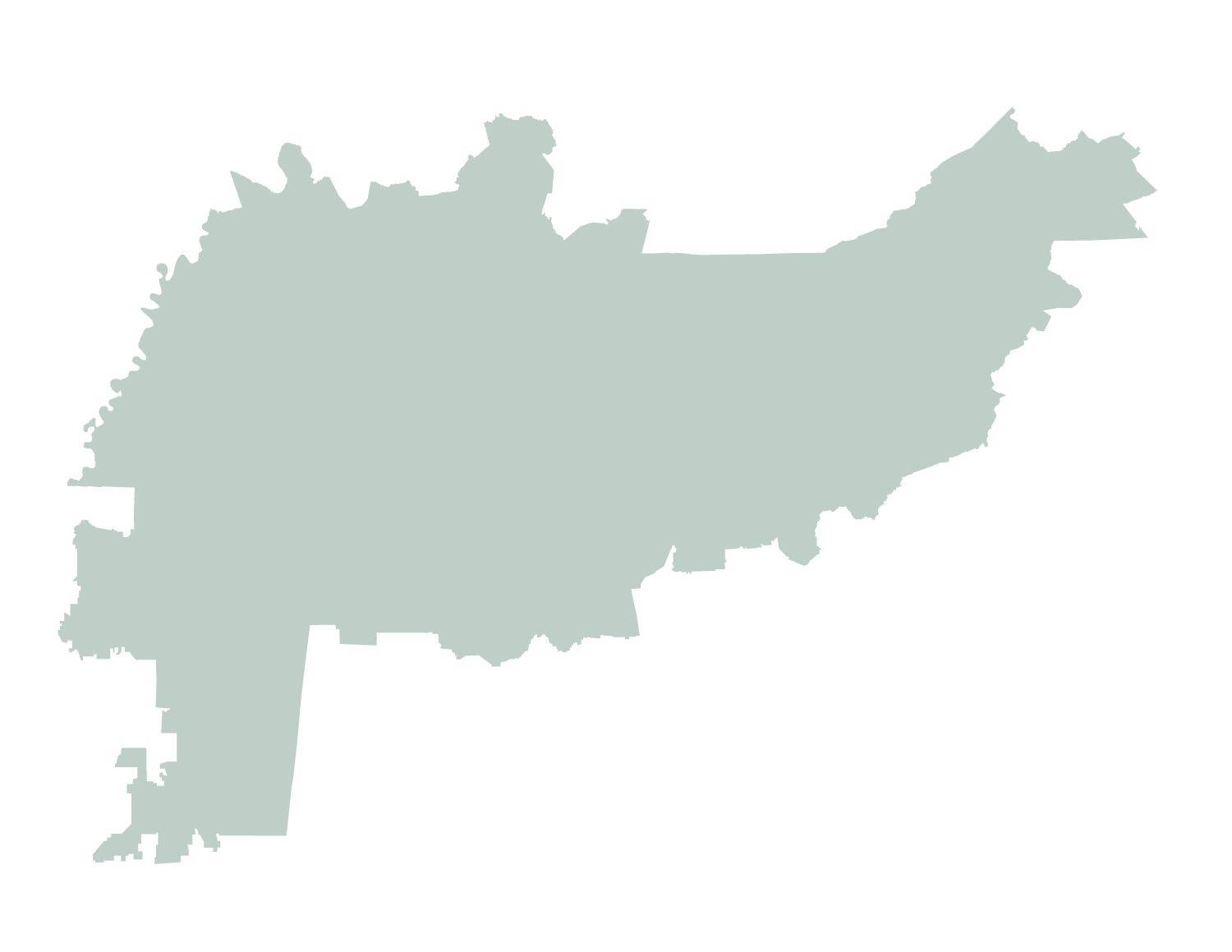


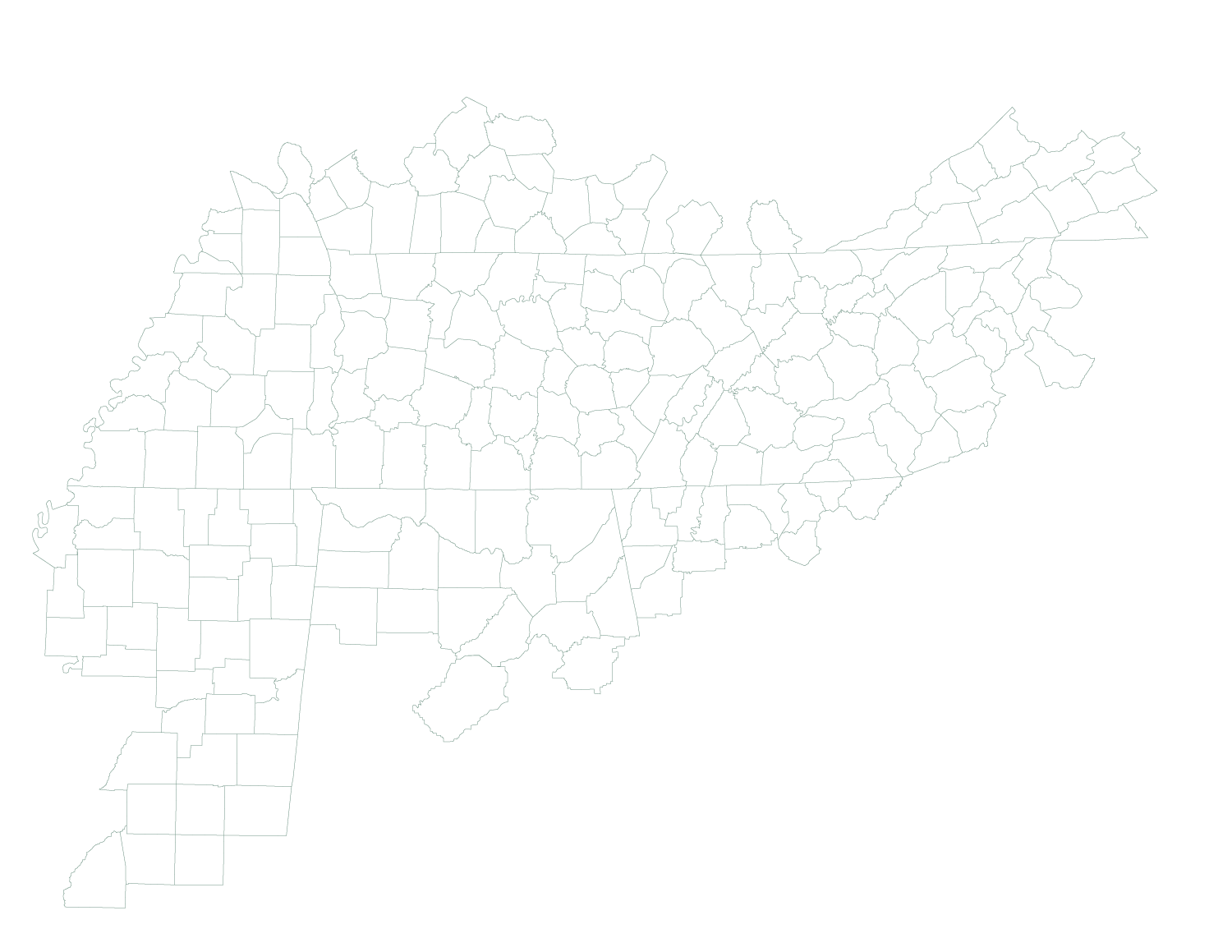
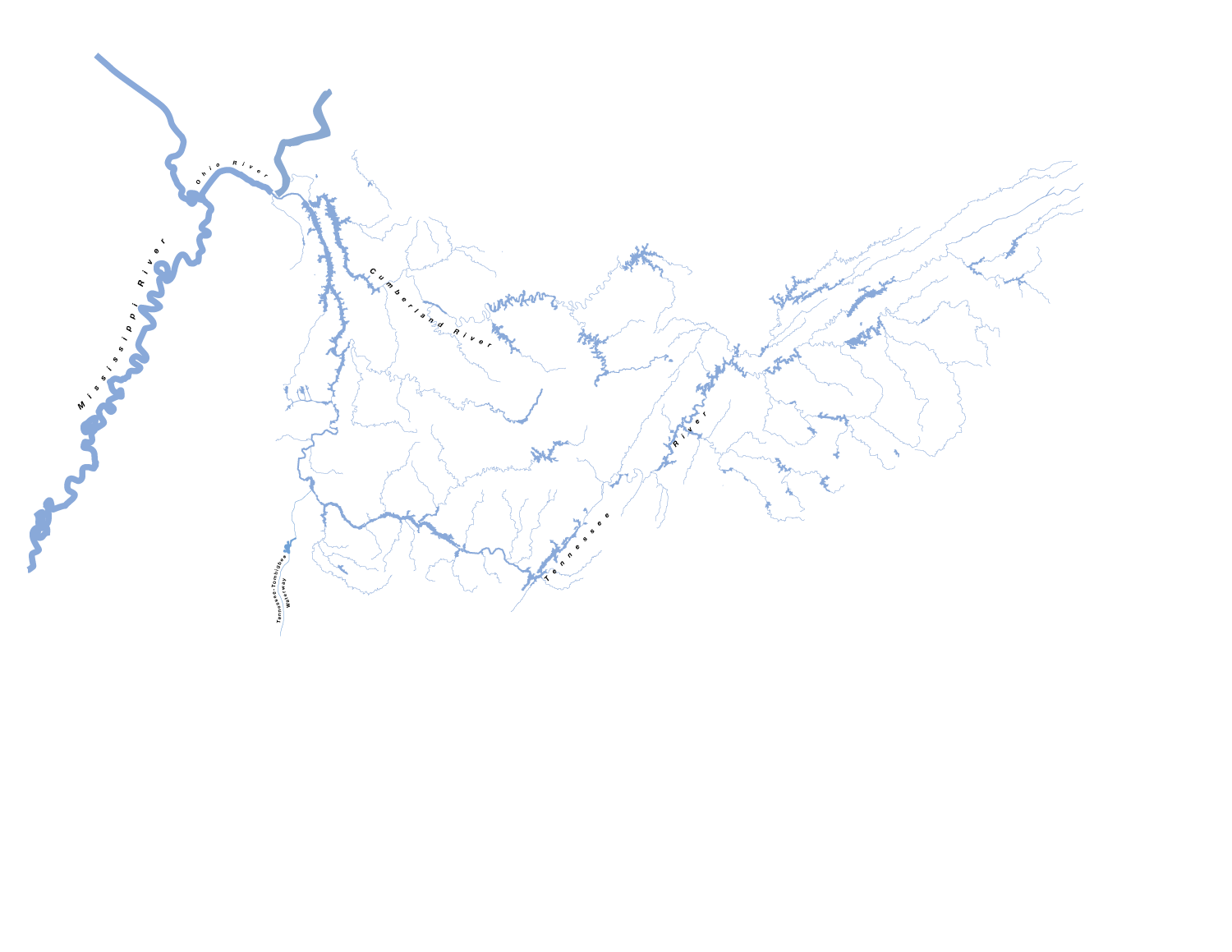
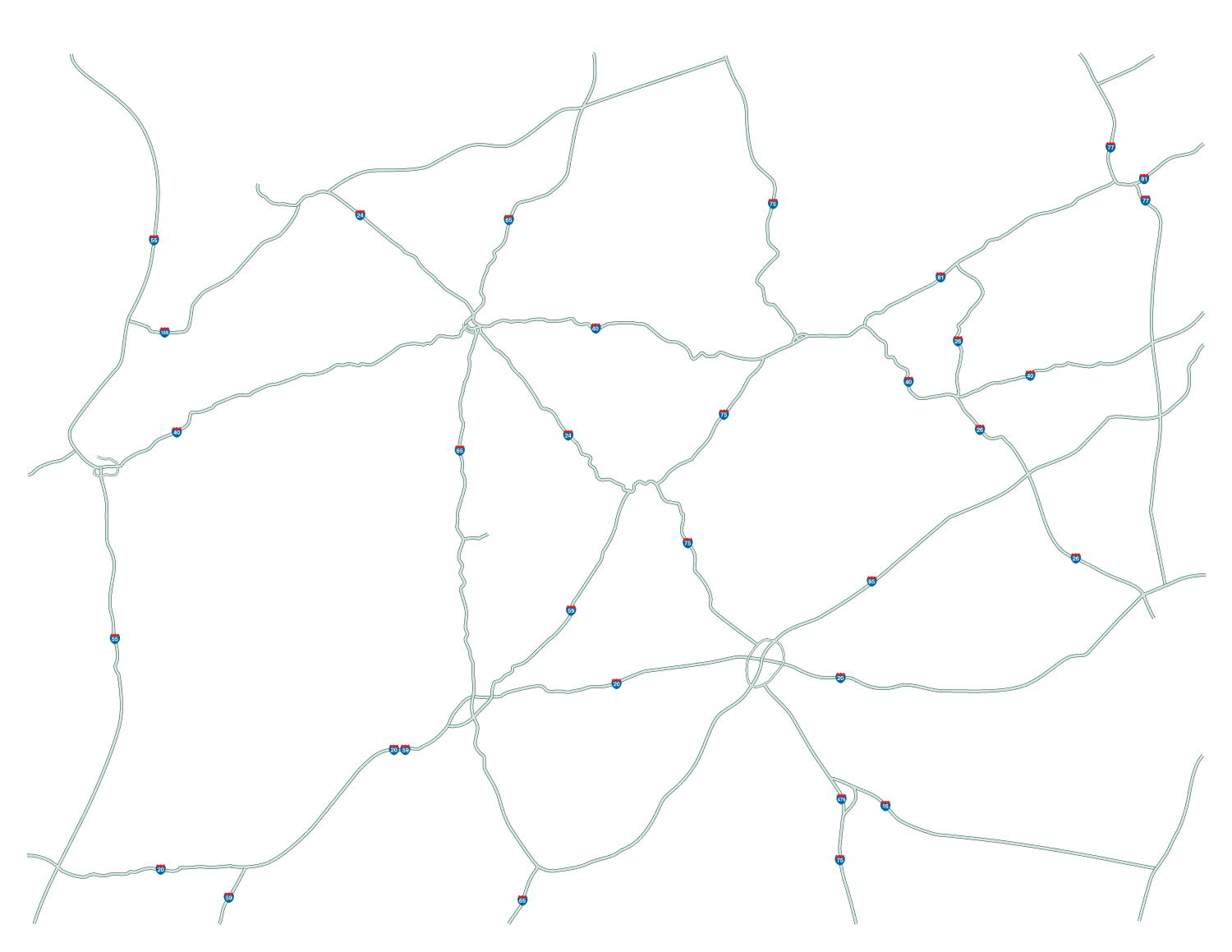




Apalachia
Address: Shoal Creek, NC 28906
Located in Cherokee County in western North Carolina, west of the town of Murphy. Construction of the dam began in 1941 and was completed in 1943. Built primarily to generate hydropower
Generating Units: 2

Cedar
Address: Long -87.97500 Lat 34.54500
The dam was completed in 1963.
Built to provide flood damage reduction, and recreation opportunities and water supply.
Flood-storage capacity: 220 acre-feet

Dogwood
Address: Long -88.23695 Lat 35.69675, Paris, TN, 38242-5948
The dam was completed in 1965.
Built to provide flood damage reduction, recreation opportunities and water supply.
Flood-storage capacity: 1,590 acre-feet
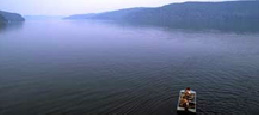
Guntersville
Address: 3464 Snow Point Rd., Guntersville, AL 35976
Construction of the dam began in 1935 and was completed in 1939.
Built to provide electricity and flood control and to create a continuous 652-mile navigable river channel from Knoxville, Tennessee to Paducah, Kentucky.
Generating Units: 4
Flood-storage capacity: 162,100 acre-feet
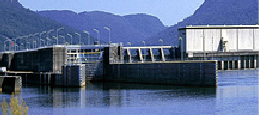
Nickajack
Address: HWY 156, New Hope, TN 37340
Construction of the dam began in 1964 and was completed in 1967.
Built to provide hydroelectric power and to extend the reach of barge traffic up and down the Tennessee River.
Generating Units: 4

Ocoee 2
Address: Ducktown, TN 37391
Construction of the dam began in 1912 and was completed in 1913.
The Ocoee dams an integral part of TVA's hydroelectric system and provide importantrecreation benefits.
Generating Units: 2
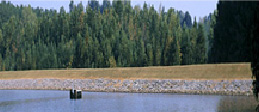
Redbud
Address: Long -88.25705 Lat 35.68297
Construction of the dam was completed in 1965.
Built to provide flood damage reduction, recreational opportunities and water supply.
Generating Units: 2
Flood-storage capacity: 680 acre-feet

Watauga
Address: 774 Wilbur Dam Rd., Elizabethton, TN 37643-5416
Construction of the dam began in 1942 and was completed in 1948.
Built to provide power generation, flood damage reduction, water quality and recreational opportunities.
Generating Units: 2
Flood-storage capacity: 152,800 acre-feet
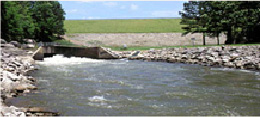
Bear Creek
Address: Long -87.98814 Lat 34.39853
The dam was completed in 1969.
Built to provide flood protection and recreation opportunities.
Flood-storage capacity: 5,200 acre-feet
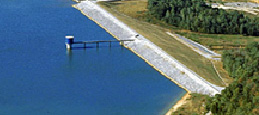
Cedar Creek
Address: Long -87.975 Lat 34.545
The dam was completed in 1979.
Built to provide flood damage reduction, recreation opportunities and water supply.
Flood-storage capacity: 80,000 acre-feet
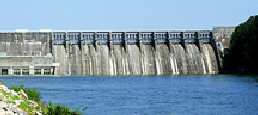
Douglas
Address: 850 Powerhouse Way, Dandridge, TN 37725-4948
Construction of the dam began in 1942 and was completed in just 12 months and 17 days.
Built to generate hydroelectric power during World War II, and to be an integral unit in the overall water control system in the Tennessee Valley.
Generating Units: 4
Flood-storage capacity: 1,082,00 acre-feet

Hiwassee
Address: 600 Powerhouse Rd., Murphy, N.C
Construction of the dam began in 1936 and was completed in 1940.
Built to provide electricity, recreational opportunities and reduce flood damage.
Generating Units: 2
Flood-storage capacity: 205,600 acre-feet

Nolichucky Dam and Davy Crockett Reservoir-Charlotte
Address: Long -82.86681 Lat 36.06520
The dam was completed in 1913.
Built in 1913 to provide hydroelectric power. However, due to siltation of the reservoir, the dam was taken out of service in 1972.

Ocoee 3
Address: Parksville, TN 37391
Construction of the dam began in 1913 and was completed in 1941.
Built to produce power for the war effort, to be an integral part of TVA's hydroelectric system, and to provide important recreation benefits.
Generating Units: 1
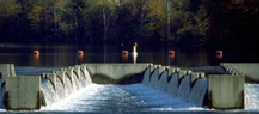
South Holston
Address: Long -82.088 Lat 36.524
Construction of the dam began in 1942 and was completed in 1950.
Built to provide flood damage reduction, power production, aquatic ecology, and augmentation of the flow of water during drier periods.
Generating Units: 1
Flood-storage capacity: 252,800 acre-feet

Watts Bar
Address: 6868 Watts Bar HWY, Spring City, TN 37381
Construction of the dam began in 1939 and was completed in 1942.
Built to provide hydroelectric power and to extend the reach of barge traffic up and down the Tennessee, Clinch and Emory Rivers.
Generating Units: 5
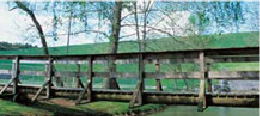
Beaver Creek
Address: Long -82.11148 Lat 36.64178
The dam was completed in 1965.
Built to provide flood damage reduction, recreation opportunities and water supply.
Flood-storage capacity: 37,800 acre-feet
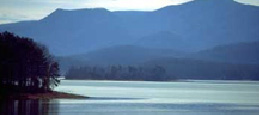
Chatuge
Address: Long -83.791 Lat 35.018
Construction of the dam began in 1941 and was completed in 1942.
Built to provide flood damage reduction, power generation, and augmentation of water flows for navigation downstream.
Generating Units: 1
Flood-storage capacity: 62,600 acre-feet
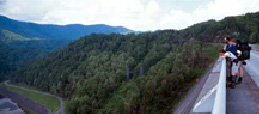
Fontana
Address: HWY 28 S Fontana Dam, NC 28733
Construction of the dam began in 1942 and was completed in 1944.
Built during World War II to provide electric power for the war effort.
Generating Units: 3
Flood-storage capacity: 514,000 acre-feet

Kentucky
Address: 640 Kentucky Dam Rd., Grand Rivers, KY 42045-9164
Construction of the dam began in 1938 and was completed in 1944. Built to help reduce flood crests on the Ohio and Mississippi rivers, and as a major producer of hydroelectric power.
Generating Units: 5
Flood-storage capacity: 4,008,000 acre feet

Normandy
Address: Long -86.24505 Lat 35.46452
Construction of the dam was completed in 1976.
Built for flood damage reduction, recreational opportunities and water supply.
Flood-storage capacity: 62,400 acre-feet

Pickwick
Address: State RTE 128 S., Pickwick Dam. TN 37365
Construction of the dam began in 1934 and was completed in 1938.
Built to provide electric power, improve navigation and reduce flood damage.
Generating Units: 6
Flood-storage capacity: 492,700 acre-feet
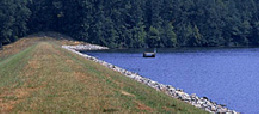
Sycamore
Address: Long -88.37877 Lat 35.56706
Construction of the dam was completed in 1965.
Built to provide flood damage reduction, recreational opportunities and water supply.
Flood-storage capacity: 800 acre-feet

Wheeler
Address: 24455 AL HWY 101, Town Creek, AL 35672-3223
Construction of the dam began in 1933 and was completed in 1936.
Built to provide hydroelectric power, flood damage reduction and to extend the reach of barge traffic up and down the Tennessee River.
Generating Units: 11
Flood-storage capacity: 326,500 acre-feet
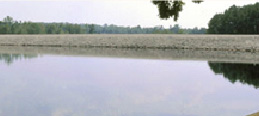
Beech
Address: Long -88.41569 Lat 35.66088
The dam was completed in 1963.
Built to provide flood damage reduction recreation opportunities and water supply.
Flood-storage capacity: 4,340 acre-feet
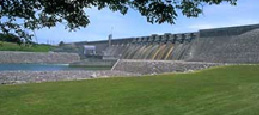
Cherokee
Address: 450 Power House Rd., Rutledge, TN 37861-4967
Construction of the dam began in 1940 and was completed in 1941.
Built to generate hydroelectric power during World War II, and has prevented billions of dollars in flood damage over the years.
Generating Units: 4
Flood-storage capacity: 749,400 acre-feet
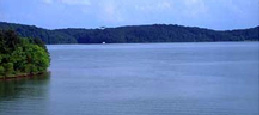
Fort Loudoun
Address: 1280 City Park Dr., Lenoir City 37773-4324
Construction of the dam began in 1940 and was completed in 1943.
Built to provide electricity and flood control and create a continuous 652-mile navigable river channel from Knoxville, Tennessee to Paducah, Kentucky.
Generating Units: 4
Flood-storage capacity: 111,000 acre-feet
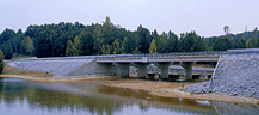
Little Bear Creek
Address: Long -87.97591 Lat 34.45465
Construction of the dam was completed in 1975.
Built for flood damage reduction, and recreational opportunities and water supply.
Flood-storage capacity: 29,000 acre-feet
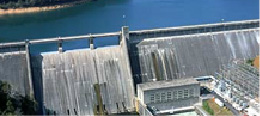
Norris
Address: Long -84.091 Lat 36.224
Construction of the dam began in 1933, just a few months after the creation of TVA, and was completed in 1936.
Built to provide electric power and to reduce flood damage.
Generating Units: 2
Flood-storage capacity: 1,113,000 acre-feet
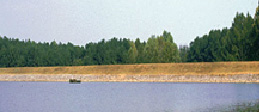
Pin Oak
Address: Long -88.27952 Lat 35.68019
Construction of the dam was completed in 1964.
Built to provide flood damage reduction, recreation and water supply.
Flood-storage capacity: 3,300 acre-feet
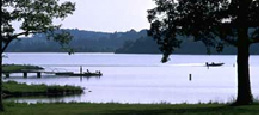
Tellico
Address: Long -84.25960 Lat 35.77848
Construction of the dam began in 1967 and was completed in 1979.
Built to divert water through a short canal into Fort Loudoun, linking the two reservoirs in their joint functions of flood damage reduction, power production and improved navigation.
Flood-storage capacity: 120,000 acre-feet

Wilbur
Address: Long -82.126 Lat 36.341
Construction of the dam began in 1909 and was completed in 1912.
Built to provide hydroelectric power.
Generating Units: 4

Blue Ridge
Address: Long -84.240 Lat 34.883
Construction of the dam began in 1925 and was completed in 1930.
Built primary to generate hydropower and reduce flood damage.
Generating Units: 1
Flood-storage capacity: 68,500 acre-feet
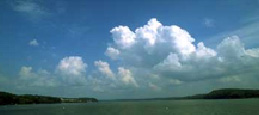
Chickamauga
Address: Long -85.229 Lat 35.104
Construction of the dam began in 1936 and was completed in 1940.
Built to generate hydroelectric power and prevent major flooding in Chattanooga, which once had one of the most serious flooding problems in the nation.
Generating Units: 4
Flood-storage capacity: 345,300 acre-feet
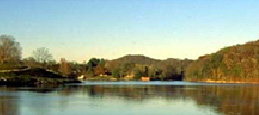
Fort Patrick Henry
Address: Long -82.509 Lat 36.498
Construction of the dam began in 1951 and was completed in 1953.
Built primarily to provide hydropower.
Generating Units: 2
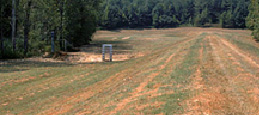
Lost Creek
Address: Long -88.34333 Lat 35.58000
Construction of the dam was completed in 1963.
Built for flood damage reduction, recreational opportunities and water supply.
Flood-storage capacity: 860 acre-feet
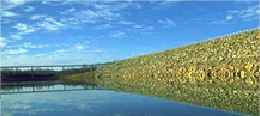
Nottely
Address: Long -84.090 Lat 34.960
Construction of the dam began in 1941 and was completed in 1942.
Built to provide electric power and to reduce flood damage.
Generating Units: 1
Flood-storage capacity: 61,600 acre-feet
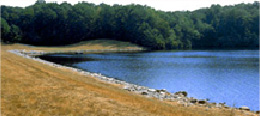
Pine
Address: Long -88.40774 Lat 35.56980 Paris, TN, 38242-5948
Construction of the dam was completed in 1964.
Built to provide flood damage reduction, recreational opportunities and water supply.
Generating Units: 2
Flood-storage capacity: 2,580 acre-feet
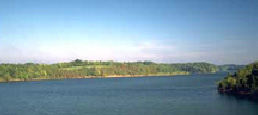
Tim Ford
Address: Long -86.279 Lat 35.197
Construction of the dam began in 1966 and was completed in 1970.
Built to provide power generation, flood damage reduction, water supply and recreational opportunities.
Generating Units: 1
Flood-storage capacity: 219,600 acre-feet

Wilson
Address: Long -87.625861 Lat 34.8009209
Construction of the dam began in 1909 and was completed in 1912.
Built to provide hydroelectric power, flood damage reduction and improve navigation.
Generating Units: 21
Flood-storage capacity: 50,500 acre-feet
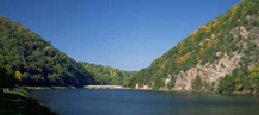
Boone Reservoir
Address: 301 Boone Dam Rd., Kingsport, TN 37663-4135
Construction of the dam began in 1950 and was completed in 1952.
Built to generate hydropower, reduce flood damage, water supply, water quality and aquatic ecology.
Generating Units: 3
Flood-storage capacity: 75,800 acre-feet

Clear Creek
Address: Long -82.11954 Lat 36.66300
The dam was completed in 1965.
Built to provide flood damage reduction and recreation opportunities.
Generating Units: 2
Flood-storage capacity: 2,511 acre-feet
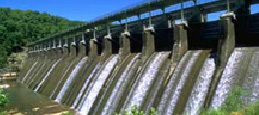
Great Falls
Address: 1778 Great Falls Rd., Rock Island, TN 38581-4221
Construction of the dam began in 1915 and was completed in 1916.
Built primarily for power generation.
Generating Units: 2

Melton Hill
Address: 2009 Grubb Rd., Lenoir City, Tennessee 37771
Construction of the dam began in 1960 and was completed in 1963.
Built to provide hydroelectric power and to extend the reach of barge traffic up the Clinch River.
Generating Units: 2
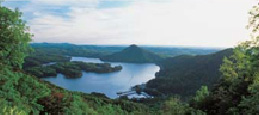
Ocoee 1
Address: 1988 HWY 64, E. Benton, TN 37307-5821
Construction of the dam began in 1910 and was completed in 1911.
Built to provide electric power and reduce flood damage.
Generating Units: 5
Flood-storage capacity: 19,000 acre-feet
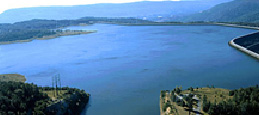
Raccoon Mountain
Address: Long -85.3996825 Lat 35.0484081
Construction at Raccoon Mountain Pumped-Storage plant began in 1970 and was complited in 1978.
Built to generate electricity when additional power is needed by the TVA system.
Generating Units: 4
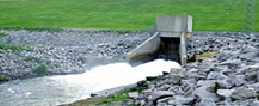
Upper Bear Creek
Address: Long -87.69350 Lat 34.27296
Construction of the dam was completed in 1978.
Built to provide flood damage reduction, recreational opportunities and aquatic ecology.
Address: 208 Boone Dam Road, Kingsport, TN 37663

Allen Combined Cycle
Address: 2474 Plant Road, Memphis, Tennessee 38109-3014
Located five miles southwest of Memphis, Tennessee, on the Mississippi River
Construction began in 1956 and was completed in 1959.
Combustion Turbines: 20
Generating Capacity: 4.9 billion kilowatt-hours of electricity a year, enough to supply 345,000 homes.

Bull Run
Address: 1265 Edgemoor Road, Clinton, TN 37716-6270
Located near Oak Ridge, Tennessee, on Bull Run Creek.
Construction began in 1962 and was completed in 1967.
Coal-fired generating units: 1
Generating Capacity: 4.9 More than 6 billion kilowatt-hours of electricity a year, enough to supply 430,000 homes.

Brownsville
Address: 948 Beech Grove Road, Brownsville, TN 38012-8544
Located in Brownsville, TN. Purchased April 2008.
Combustion Turbines: 4
Generating Capacity: 490 megawatts

Caledonia Combined Cycle
Address: 2110 Caldwell Road, Caledonia, MS 39740
Located in Columbus, Mississippi. Leased in April 2007.
Combustion Turbines: 3
Generating Capacity: 765 megawatts

Colbert
Address: 1010 River Road, Muscle Shoals, AL 35661-1156
Located on the Pickwick Reservoir on the Tennessee River in Alabama.
Construction began in 1951 and was completed in 1956.
Combustion Turbines: 8
Generating Capacity: 7.8 billion kilowatt-hours of electricity a year, enough to supply 550,000 homes.

Cumberland
Address: 815 Cumberland City Rd, Cumberland City, TN 37050-4119
Located northwest of Nashville, Tennessee, on the Cumberland River.
Construction began in 1968 and was completed in 1973.
Coal-fired generating units: 2
Generating Capacity: In 2001, Cumberland generated 18.97 billion kilowatt-hours of electricity, enough to supply more than 1.2 million homes.

Gallatin
Address: 1499 Steam Plant Road, Gallatin, TN 37066-8714
Located in middle Tennessee on the north bank of the Cumberland River.
Construction began in 1953 and was completed in 1959.
Coal-fired generating units: 4
Combustion Turbines: 4
Generating Capacity: 4.7 billion kilowatt-hours of electricity a year, enough to supply 300,000 homes.
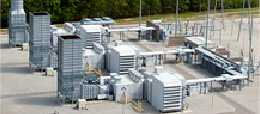
Gleason
Address: 1251 Elm Street, Martin, TN 38237-5203
Located in Weakley County in west Tennessee.
Acquired in December 2006.
Combustion Turbines: 3
Generating Capacity: 540 megawatts

John Sevier Combined Cycle
Address: 611 TN-70, Rogersville, TN 37857
Located on the Holston River near Rogersville, Tennessee.
Construction was completed in 1957.
Generating Capacity: 880-megawatt.
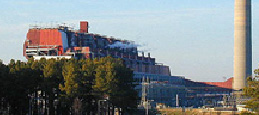
Johnsonville
Address: 950 Foote Lane, New Johnsonville, TN 37134
Located on the east bank of the Tennessee River near Waverly, Tennessee.
Construction began in 1949 and was completed in 1952.
Combustion Turbines: 16
Generating Capacity: About 550 million kilowatt-hours of electricity a year, enough to supply 400,000 homes.
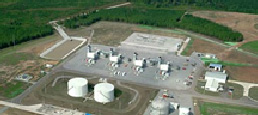
Kemper
Address: Birch Street, De Kalb, MS 39328
Locatedin Kemper County, Mississippi, near the city of DeKalb.
Construction began in 2001 and was completed in 2002.
Combustion Turbines: 4
Generating Capacity: 340 megawatts, enough to power approximately 200,000 homes.

Kingston
Address: 714 Swan Pond Rd., Harriman, TN 37748
Located on Watts Bar Reservoir on the Tennessee, on the Mississippi River near Kingston, Tennessee.
Construction began in 1951 and was completed in 1955.
Coal-fired generating units: 9
Generating Capacity: About 10 billion kilowatt-hours of electricity a year, enough to supply 670,000 homes.
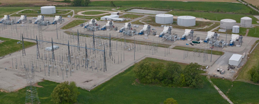
Lagoon Creek Combined Cycle
Address: 615 Elm Tree Road, Brownsville, Tennessee 38012-6321
Located in Haywood County in west Tennessee.
Construction began in 2000 and was completed in 2001.
Combustion Turbines: 12
Generating Capacity: 1,020 megawatts

Marshall
Address: 6264 Industrial Parkway, Calvert City, KY 42029
Located near Calvert City, Kentucky.
Acquried in December 2006.
Combustion Turbines: 8
Generating Capacity: 680 megawatts
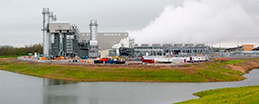
Paradise Combined Cycle
Address: 13246 State Rte 176 Ste. 10, Drakesboro, KY 42337
Located in western Kentucky on the Green River near the village of Paradise.
Construction began in 1959 and was completed in 1970.
Generating Capacity: 14 billion kilowatt-hours of electricity a year, enough to supply more than 930,000 homes.
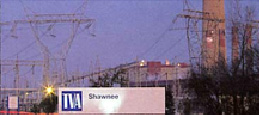
Shawnee
Address: 7900 Metropolis Lake Road, West Paducah, KY 42086
Located about 10 miles northwest of Paducah, Kentucky, on the Ohio River.
Construction began in 1951 and was completed in 1957.
Coal-fired generating units: 10
Generating Capacity: 9 billion kilowatt-hours of electricity a year, enough to supply 580,000 homes.
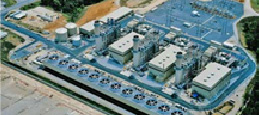
Southaven
Address: 2882 Stateline Road, Southaven, MS 38671-1014
Located near Desoto County, Mississippi.
Purchased in May 2008.
Combustion Turbines: 3
Generating Capacity: 810 megawatts
Address: 352 Highway 4 West, Ashland, MS 38603
Address: 2510 Pensacola Road, Ackerman, MS 39735

Browns Ferry
Address: Long -87.1170456 Lat 34.7096721
Browns Furry Nuclear Plant is on the north shore of Wheeler Reservoir in north Alabama. It was TVA's first nuclear power plant, and the largest in the world when it began operation in 1974. It was the first nuclear plant in the world to generate more than 1 billion watts of power.
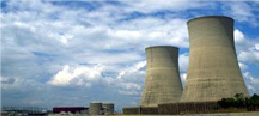
Sequoyah
Address: Long -85.094122 Lat 35.226525
Sequoyah Nuclear Plant is located in east Tennessee 18 miles north of Chattanooga, on the banks of Chickamauga Reservoir. Sequoyah is TVA's second nuclear power plant. Construction began in 1969, and Unit 1 began full commercial operation in 1981. Unit 2 began operation the following year.

Watts Bar
Address: Long -84.7911339 Lat 35.6019959
Watts Bar Nuclear Plant is located just south of Watts Bar Reservoir on the Tennessee River near Spring City in east Tennessee . It is TVA's third nuclear power plant. Construction began in 1973, and Unit 1 began full commercial operation in 1996. In 1988 TVA suspended costruction of Unit 2 because of a reduction in the predicted growth of power demand. The unit remains idle.
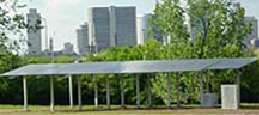
Adventure Science Center
Address: 800 Fort Negley Boulevard, Nashville, TN 37203
Located in Nashville at the Adventure Science Center on Fort Negley Boulevard, off Interstate 65.
Construction on the solar arrays was complited in April 2000.
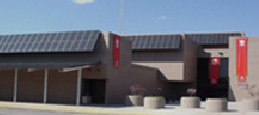
American Museum of the Science & Energy
Address: 300 South Tulane Avenue, Oak Ridge, TN 37830
Located in Oak Ridge, Tennessee
Solar Modules: 400 PV modules

BRIDGES Center
Address: 477 North 5th Street, Memphis, TN 38105
Located in Memphis, Tennessee on the roof of the new BRIDGES facility in the Uptown redevelopment area, north of downtown.
Construction of the solar arrays was completed in 2004.
Solar Modules: 176 PV modules
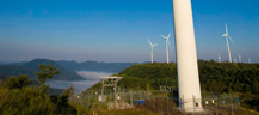
Buffalo Mountain
Located on the Buffalo Mountain near Oak Ridge, Tennessee
Construction on the three smaller wind turbines was completed in 2000. TVA addad 15 larger turbines in 2004.
Wind Turbines: 18
Generating Capacity: 29 megawatts of electricity, enough to power about 3,780 homes.
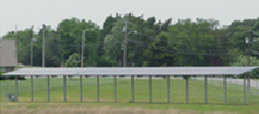
Cocke County High School
Address: 216 Hedrick Drive, Newport, TN 37821
Located in Newport, Tennessee, on the Cocke County High School soccer field.
Solar Modules: 240 PV modules
Generating Capacity: About 47 kilowatt-hours of electricity a day
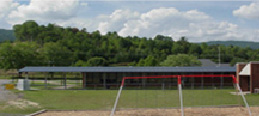
Duffield-Pattonville Primary School
Address: Duffield, VA 24244
Located in Scott County, Virginia
Solar Modules: 240 PV modules
Generating Capacity: About 51 kilowatt-hours of electricity a day
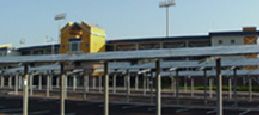
Finley Stadium
Address: 1826 Reggie White Boulevard, Chattanooga, TN 37408
Located in Chattanooga, Tennessee
The system began producing electricity in July 2001.
Solar Modules: 11 solar arrays of PV modules
Generating Capacity: The entire system can produce about 127,000 kilowatt-hours of electricity a year
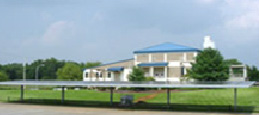
Florence Water Treatment Facility
Address: 650 Rickwood Road, Florence, AL 35630
Located in Florence, Alabama
The system began producing electricity in August 2002.
Solar Modules: 216 PV modules
Generating Capacity: About 53,480 kilowatt-hours of electricity a year
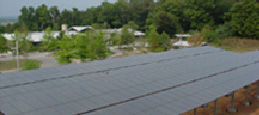
Ijams Nature Center
Address: 2915 Island Home Avenue, Knoxville, TN 37920
Located on the south shore of Fort Loudon Reservoir in Knoxville, Tennessee
Generating Capacity: About 52 kilowatt-hours of electricity a day

Lovers Lane Soccer Complex
Address: 385 Lovers Lane, Bowling Green, KY 42101
Located in Bowling Green, Kentucky
Solar Modules: Four arrays with a total of 960 PV modules
Generating Capacity: The entire system can produce about 53,900 kilowatt-hours of electricity a year
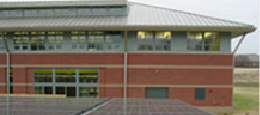
Mississippi State University
Address: Mississippi State University, 3, Mississippi State, MS 39762
Located in Starksville, Mississippi, on the campus of Mississippi State University
Solar Modules: 104 PV modules
Generating Capacity: About 26,300 kilowatt-hours of electricity a year
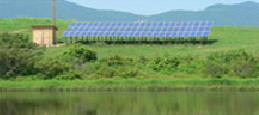
Morgan County Vocational Technical School
Address: 132 Flat Fork Road, Wartburg, TN 37887
Located in Wartburg, Tennessee
Solar Modules: 72 PV modules
Generating Capacity: About 26 kilowatt-hours of electricity a day

University of Mississippi
Address: University Ave. & 5th St., Oxford, MS 38655
Located in Oxford, Mississippi, on the campus of the University of Mississippi
Solar Modules: 216 PV modules
Generating Capacity: About 51,500 kilowatt-hours of electricity a year
Address: 130 Trenton Highway, Dyer, TN 38330
Address: 4747 Bob Wallace Avenue SW, Huntsville, AL 35805
Oak Ridge Map
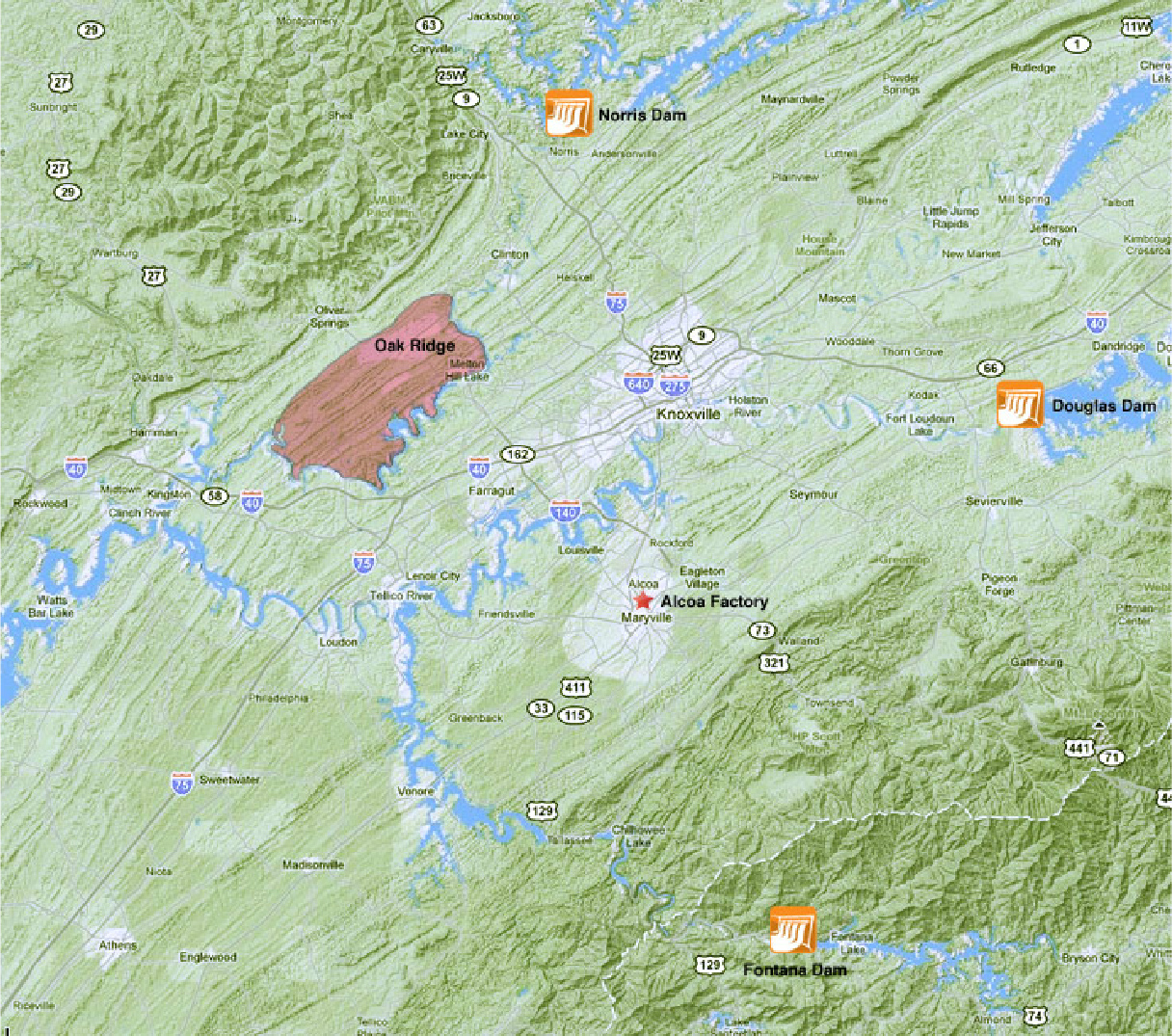

Address: Norris Dam, Andersonville, TN, United States
In 1942, the United States Federal Government, chose Oak Ridge, Tennessee, as a site for developing materials for the secret Manhattan Project-the program that produced the first atomic bomb.
The area was chosen for several reasons, including its relatively low population, the mountanous terrain, which helped keep the location secret, and its close proximity to Norris Dam.
The production of nuclear materials required an amount of power, and the electricity provided by Norris Dam, sixteen miles upstream from Oak Ridge, helped to run the facitities. For three years, millions of kilowatts of TVA energy was secretly sent to Oak Ridge - not even the TVA chairman knew this until August 1945, when the bombs dropped on Hiroshima and Nagasaki ended the war.

Address: Douglas Dam, Kodak, TN, United States
After the attack on Pearl Harbor brought the United States into World War II, tens of thousands of additional planes were needed to win the war. Factories like Alcoa, then the largest aluminium plant in the world, needed huge amounts of power to produce metal for aircraft.
To provide that power, the construction of Douglas Dam became a high priority. Douglas Dam was completed and its floodgates were closed on February 19, 1943, just 382 days after the construction began, setting a world record for a project of its size.
After its completion, the Douglas powerhouse generated electricity for not only aluminium production at Alcoa, but also for the Manhattan Project's uranium enrichment operations at nearby Oak Ridge.
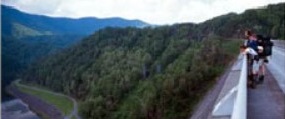
Address: Fontana Dam, NC, United States
The building of Fontana Dam was a critical contibution to America's World War II effort. In May 1940, with war looming, President Roosevelt demanded 50,000 planes for the air force, and Alcoa, the largest producer of metal for aircraft, needed more electric power to meet the demand.
In 1941. Alcoa gave its Fontana property to the federal government and ten days before the attack on Pearl Harbor, a bill was signed authorizing the construction of Fontana Dam.
Fontana Dam, the largest dam east of the Rockies, was completed on November 11, 1944, in just three years, and in time to provide crucial energy for aluminium production in the closing months of World War II.
LESSON 2: PRIMARY DOCUMENTS & SUPPORTING TEXTS
Excerpts from the announcement of dropping the atomic bomb by Harry Truman
Letter to President Franklin Roosevelt from Albert Einstein
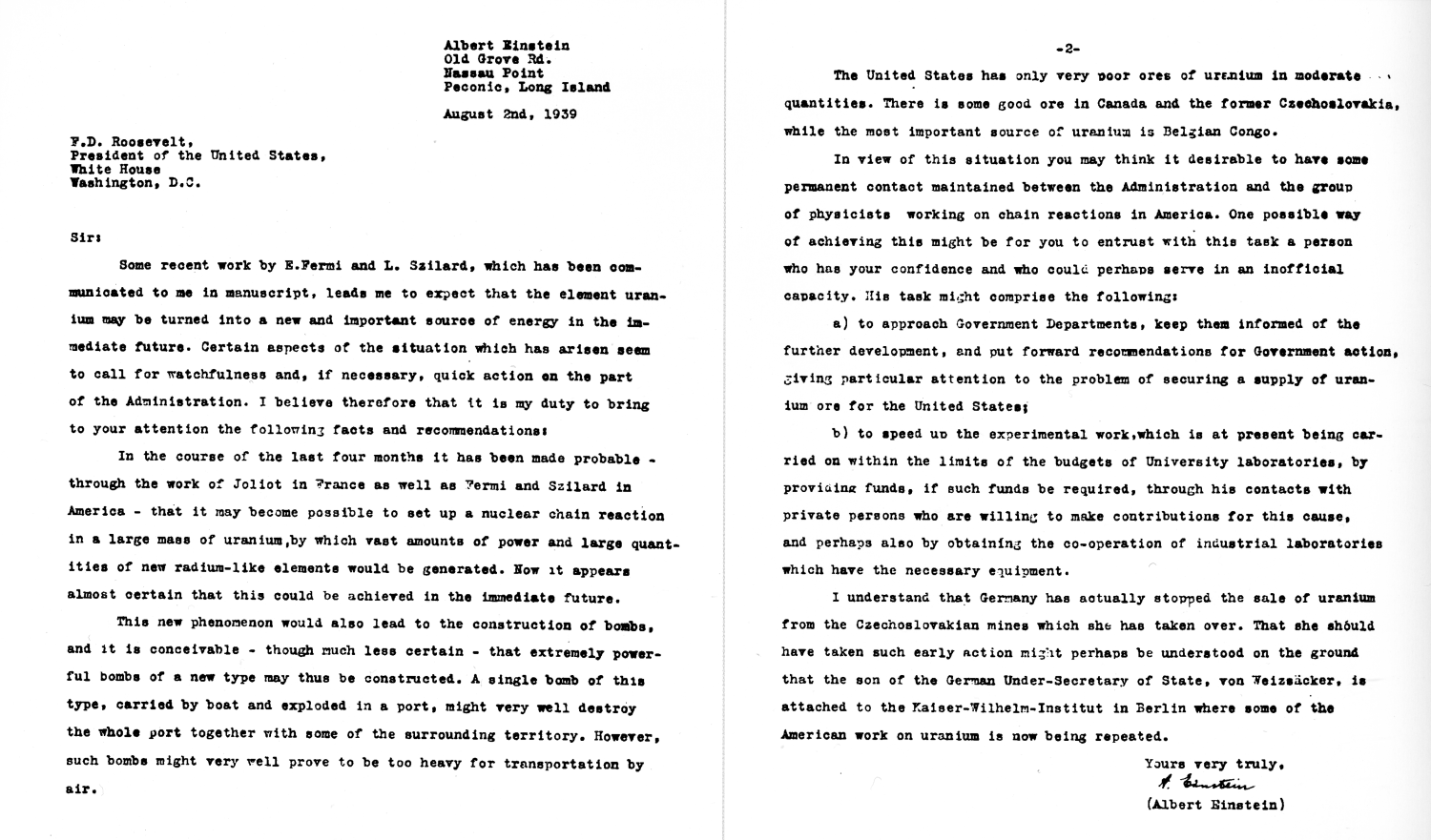
Letter to Albert Einstein from Franklin Roosevelt
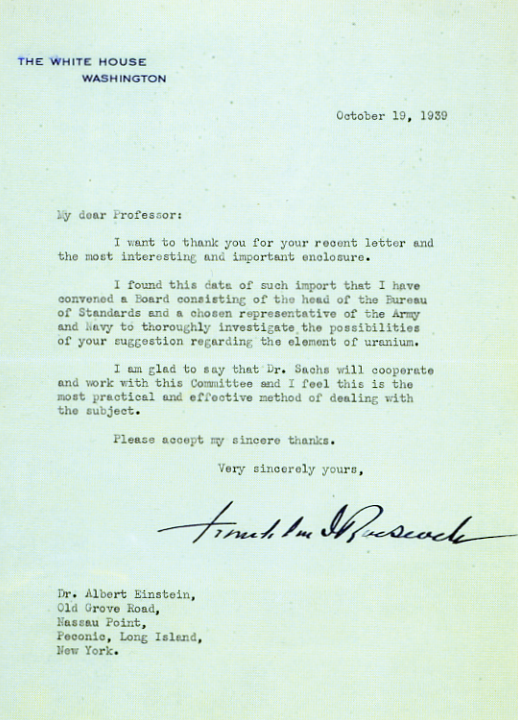
Announcement of War with Japan, 1941 by President Franklin Roosevelt
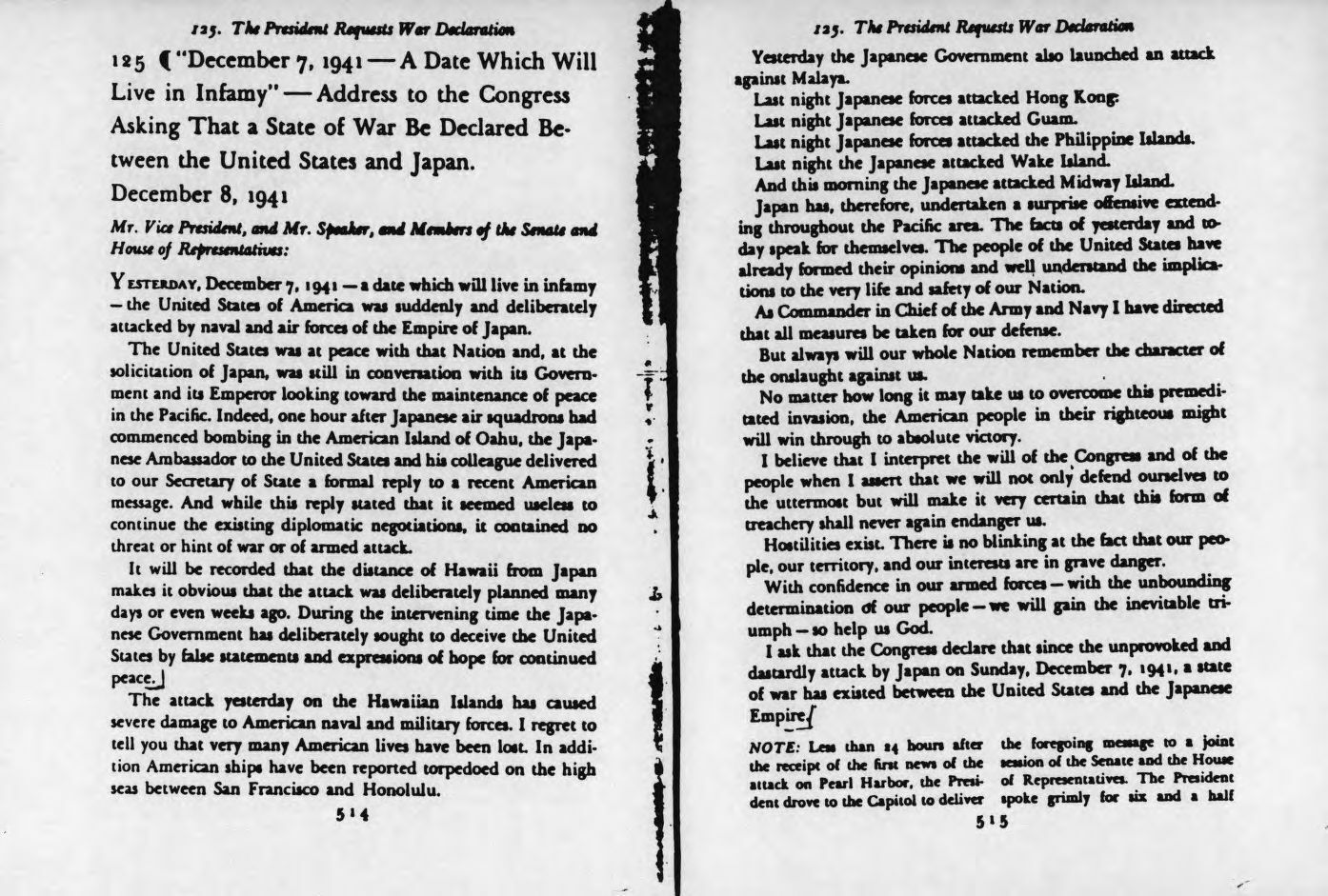
Four Freedoms Speech by President Franklin Roosevelt
Rosie the Riveter Poster

LESSON 1:
OUT OF THE DARKNESS

The Tennessee Valley Authority and the Great Depression
Learn TVA’s role in the development of the Tennessee Valley during and after The Great Depression. Teach your students how a region once plagued by high unemployment, floods, disease and poor farming conditions began to thrive with the introduction of electricity.
LESSON 2:
THE TENNESSEE VALLEY AND THE WAR EFFORT

Oak Ridge, Fontana and the TVA
What was the Tennessee Valley’s role in World War II? Discover how Fontana Dam, Oak Ridge and the Tennessee Valley Authority each contributed to influence the outcome of World War II.

